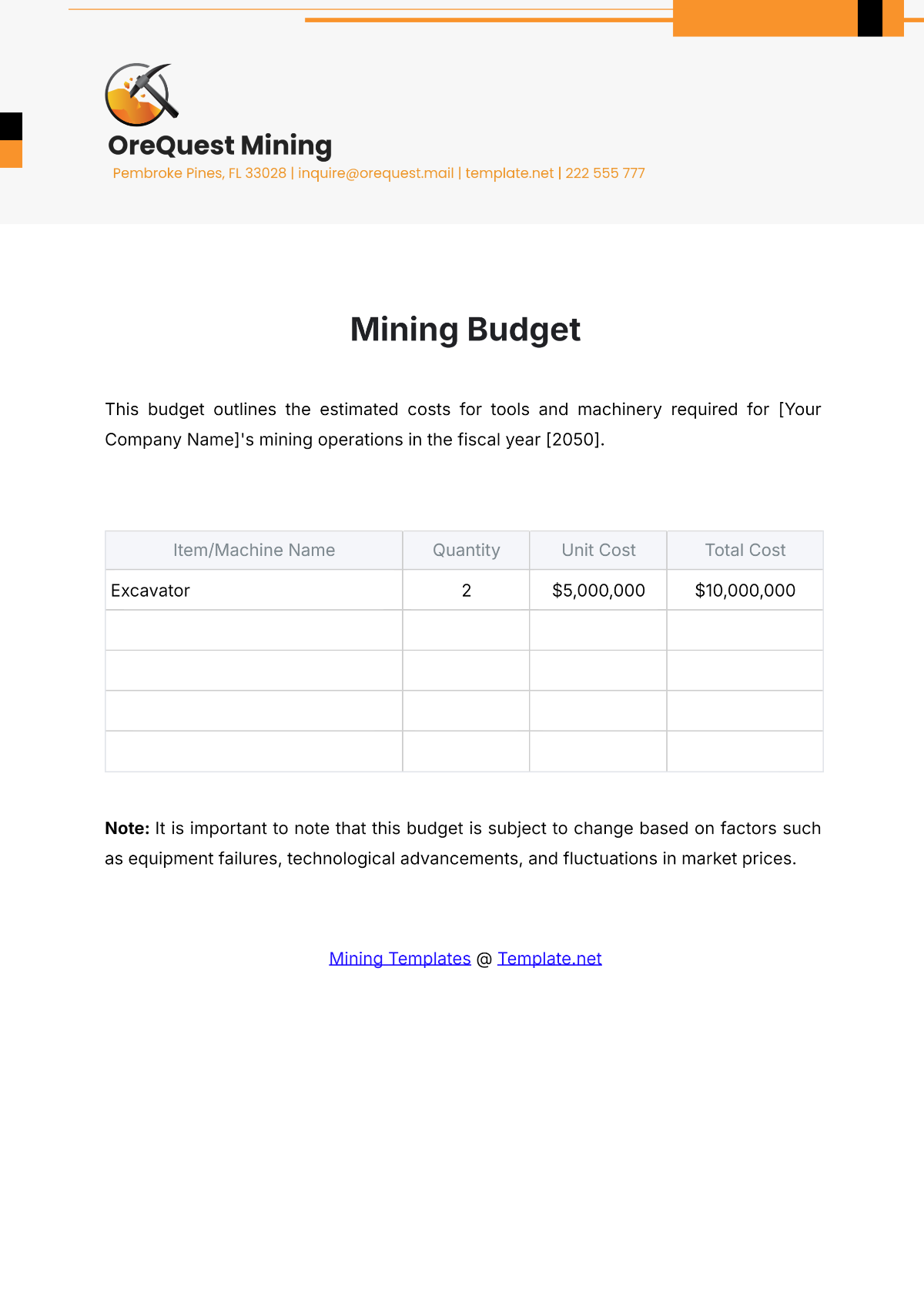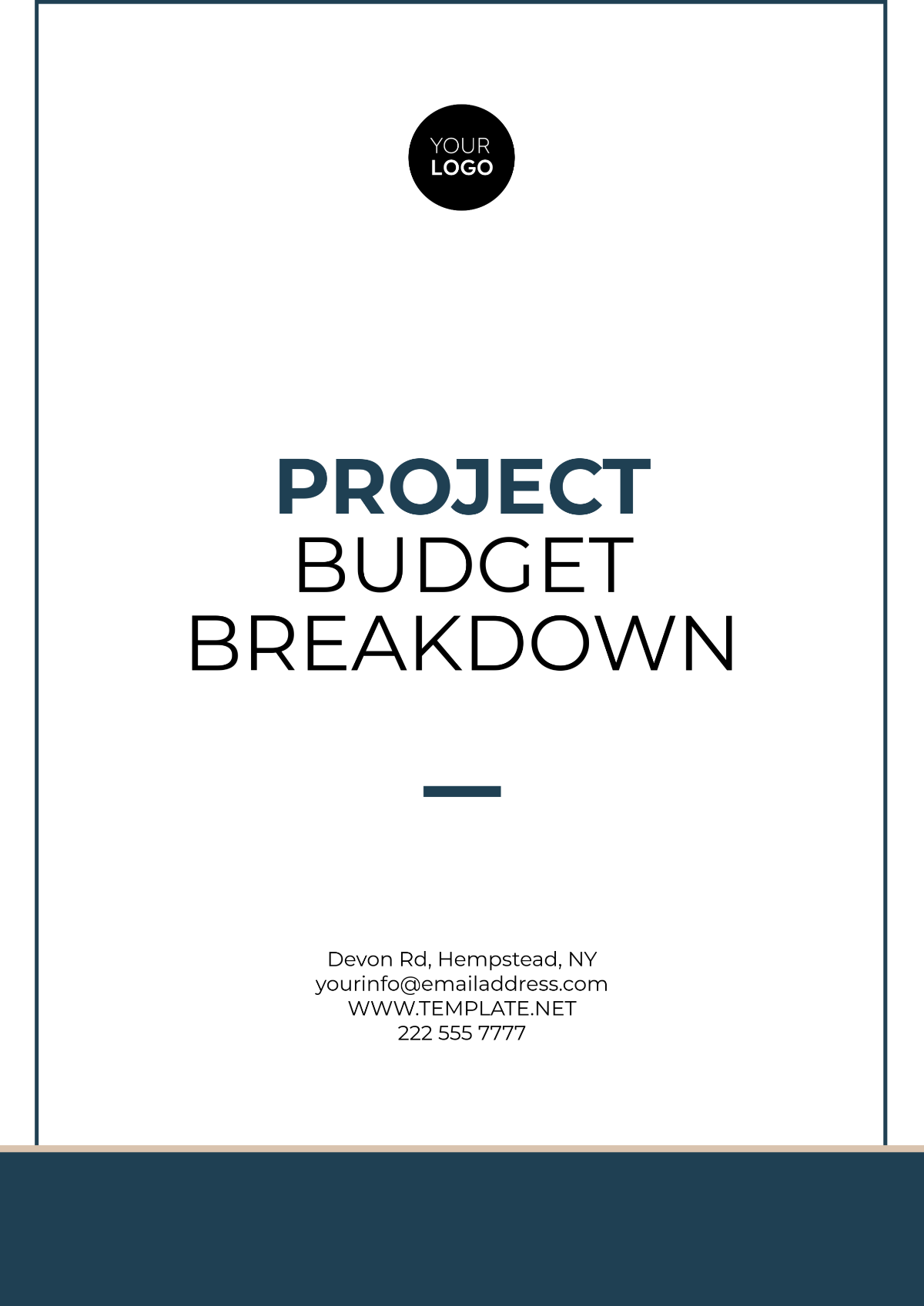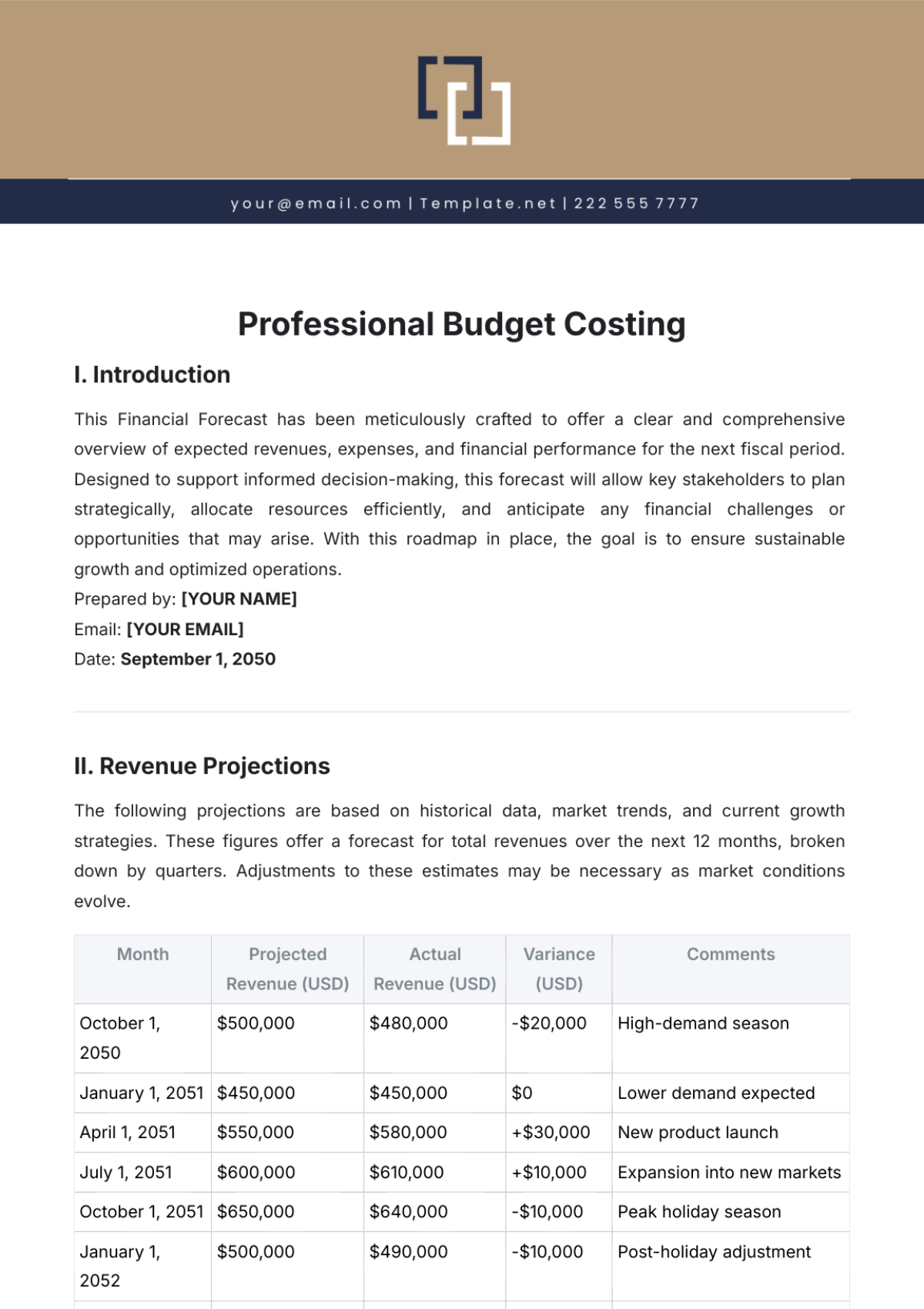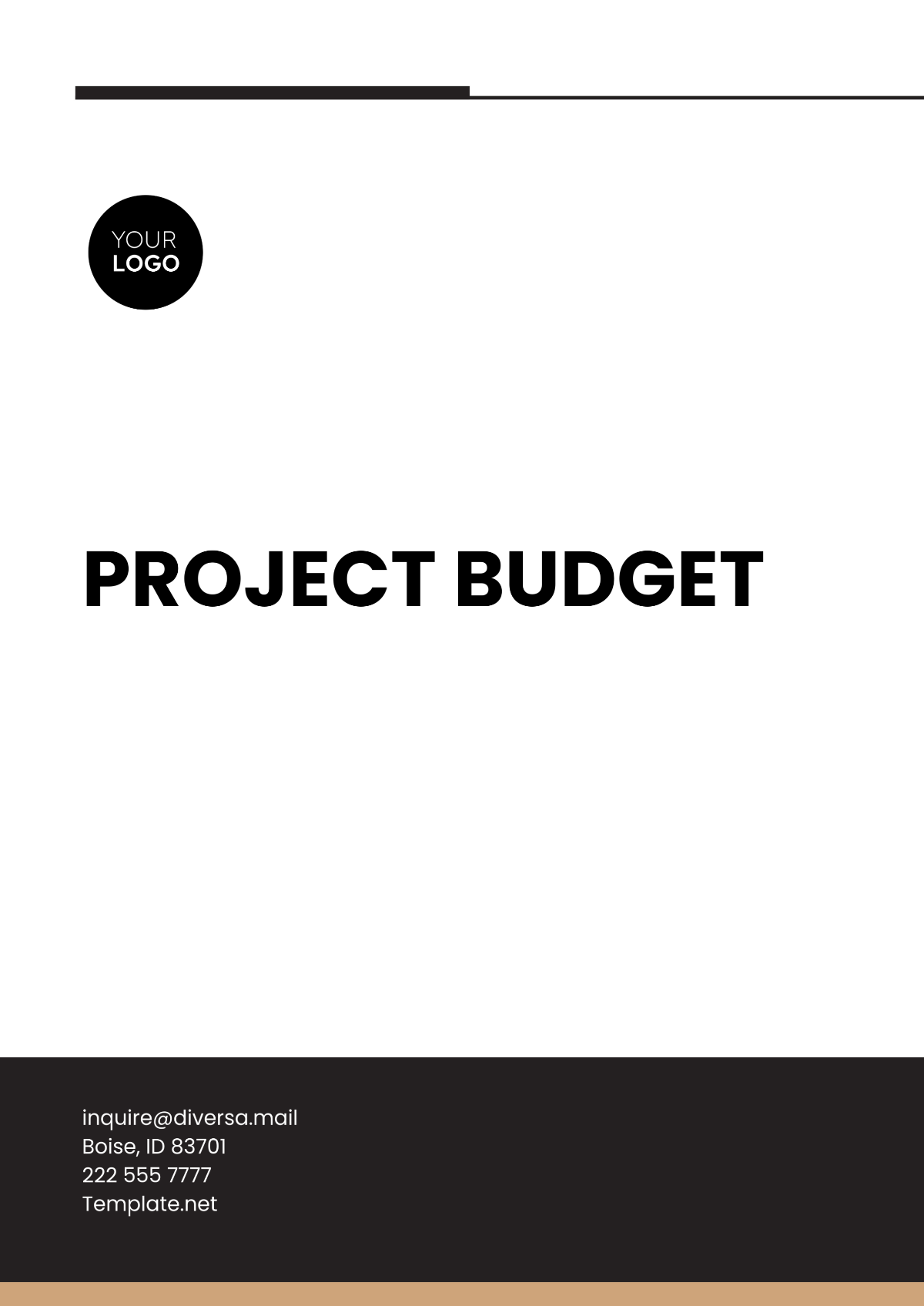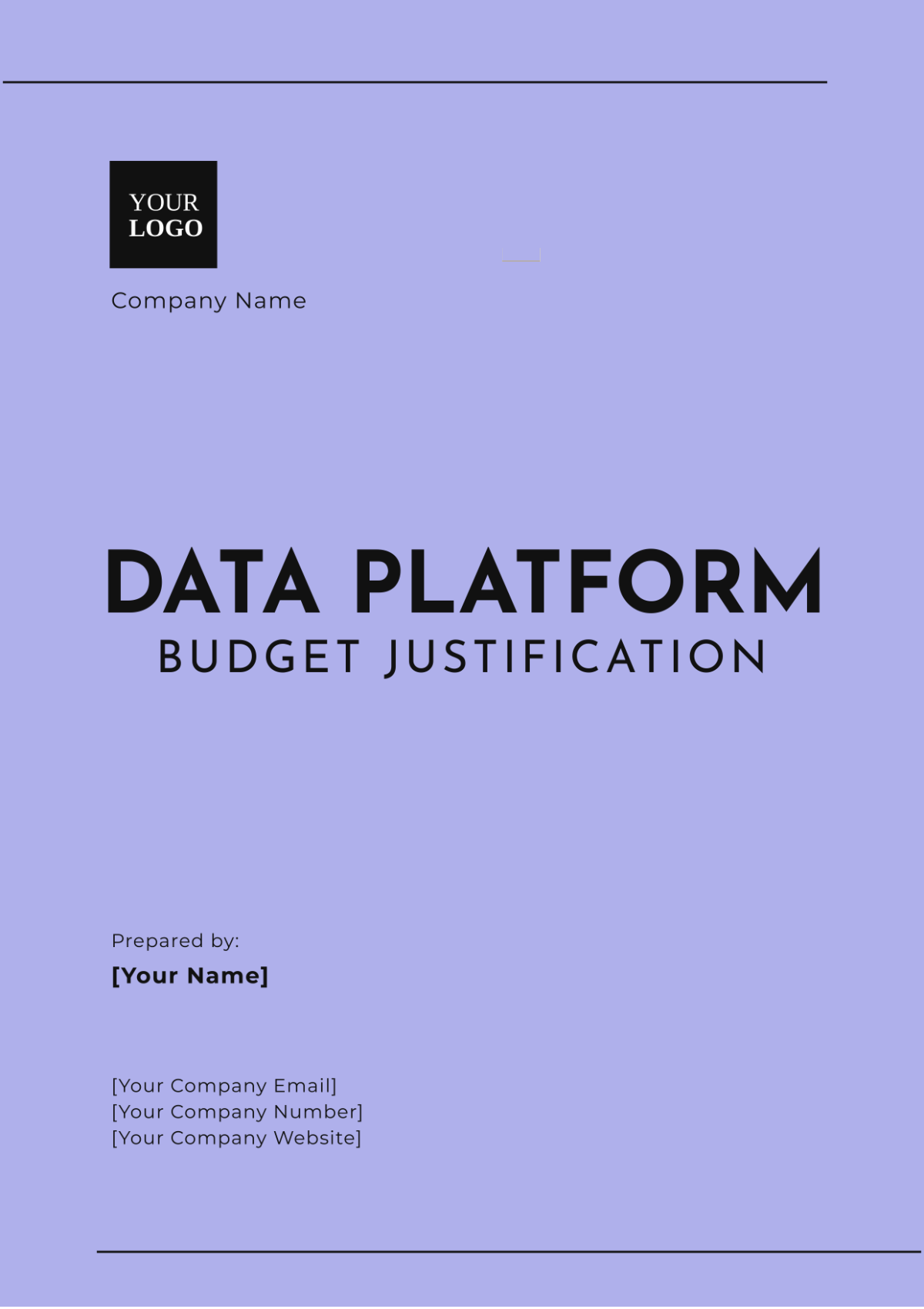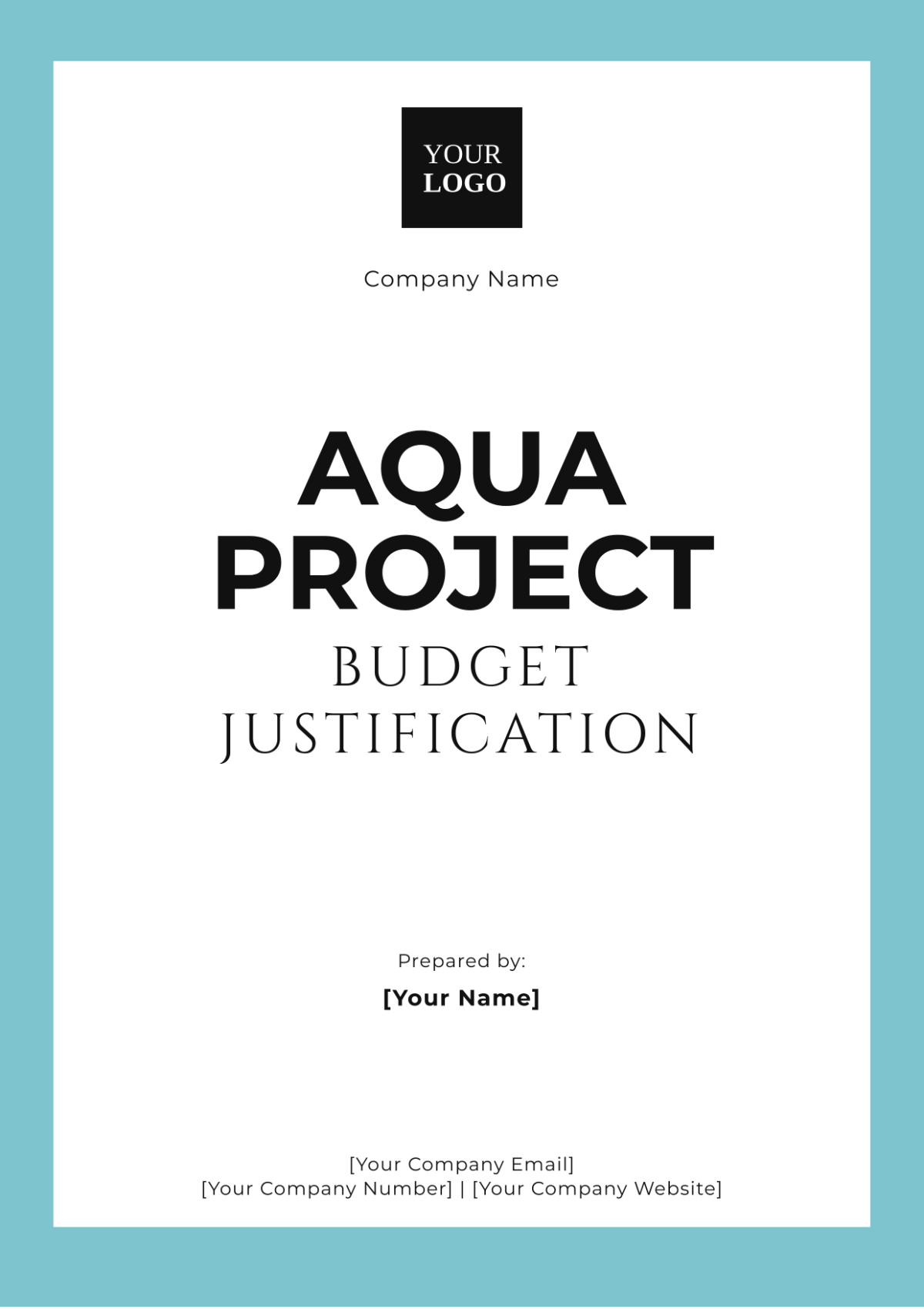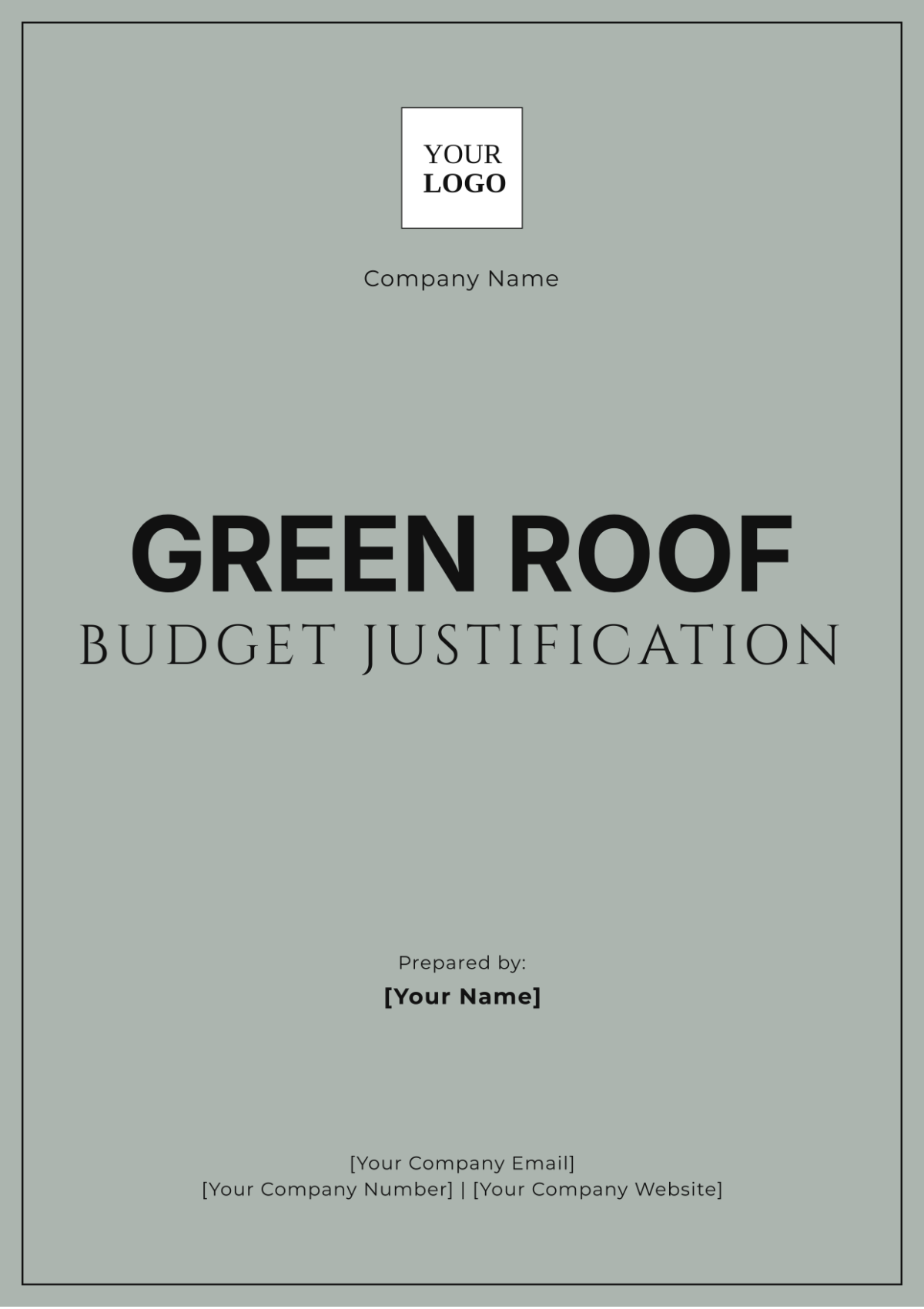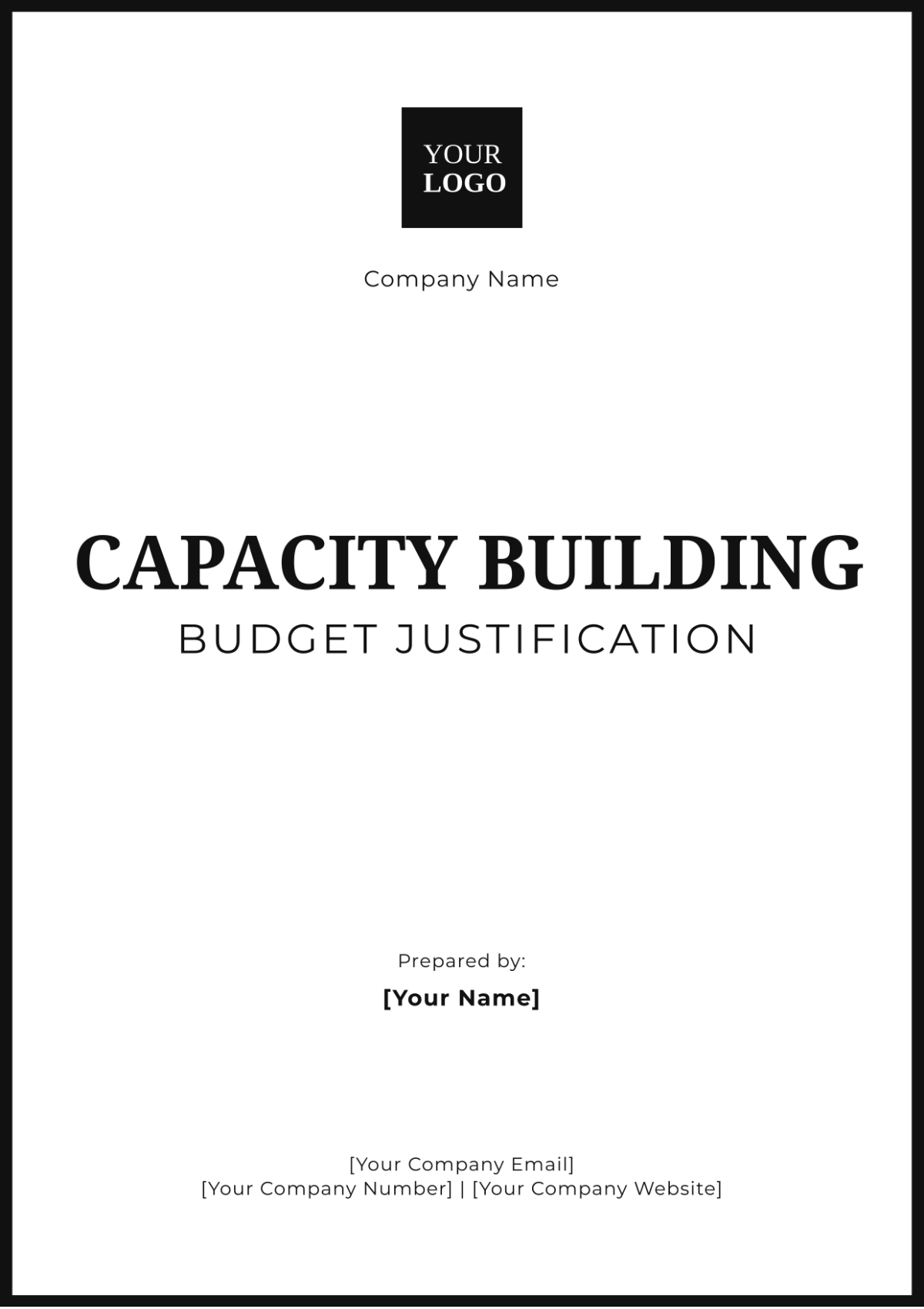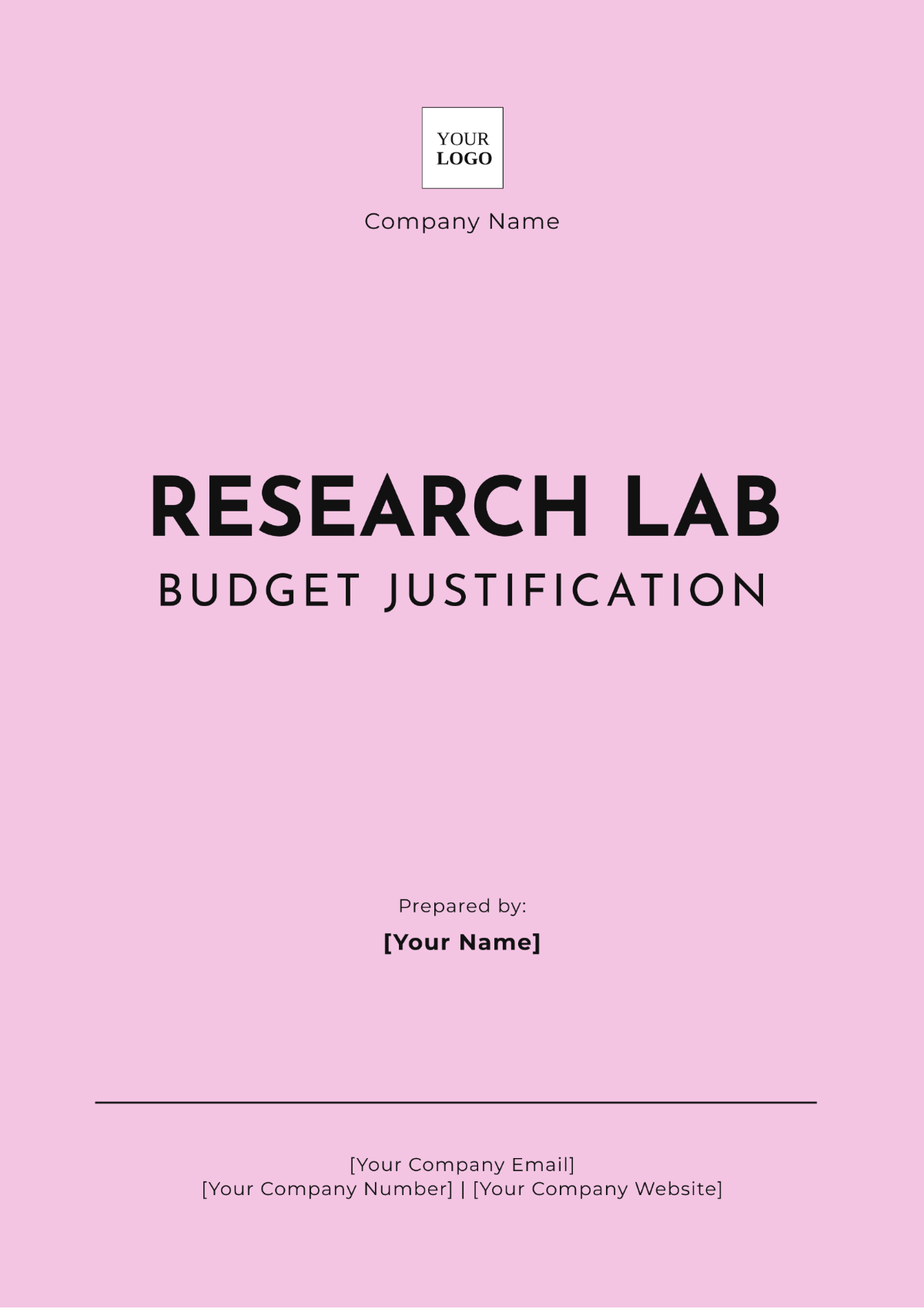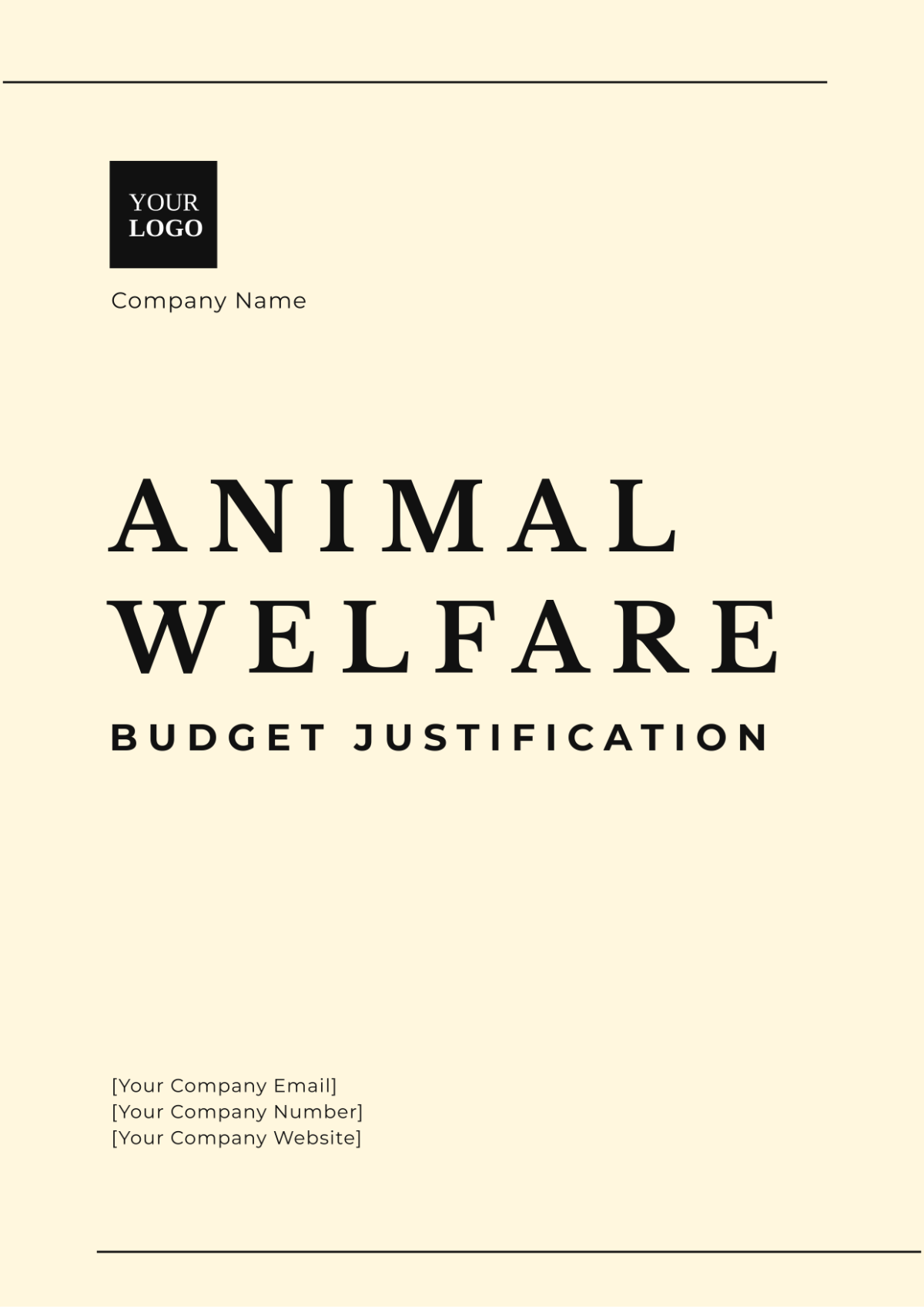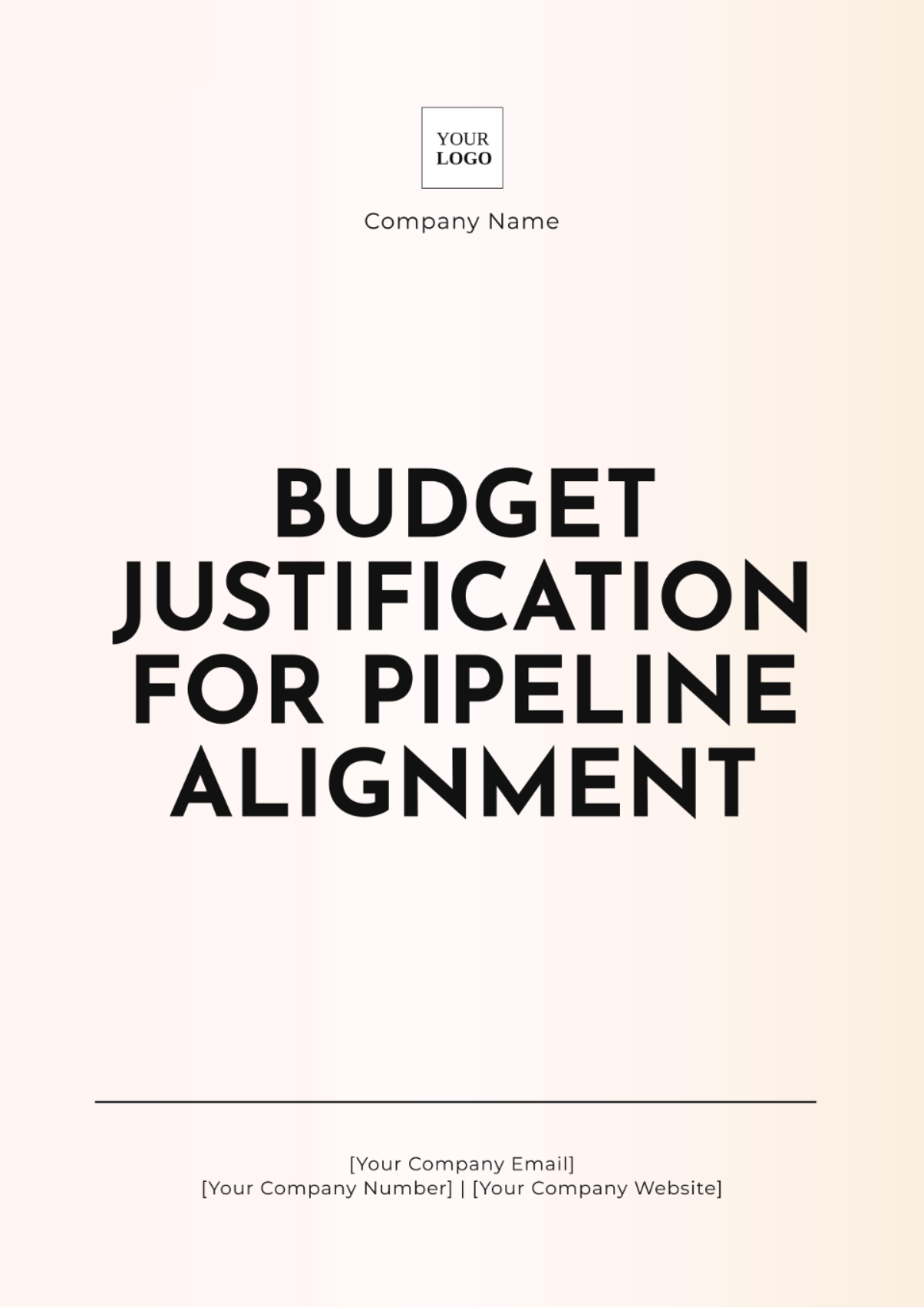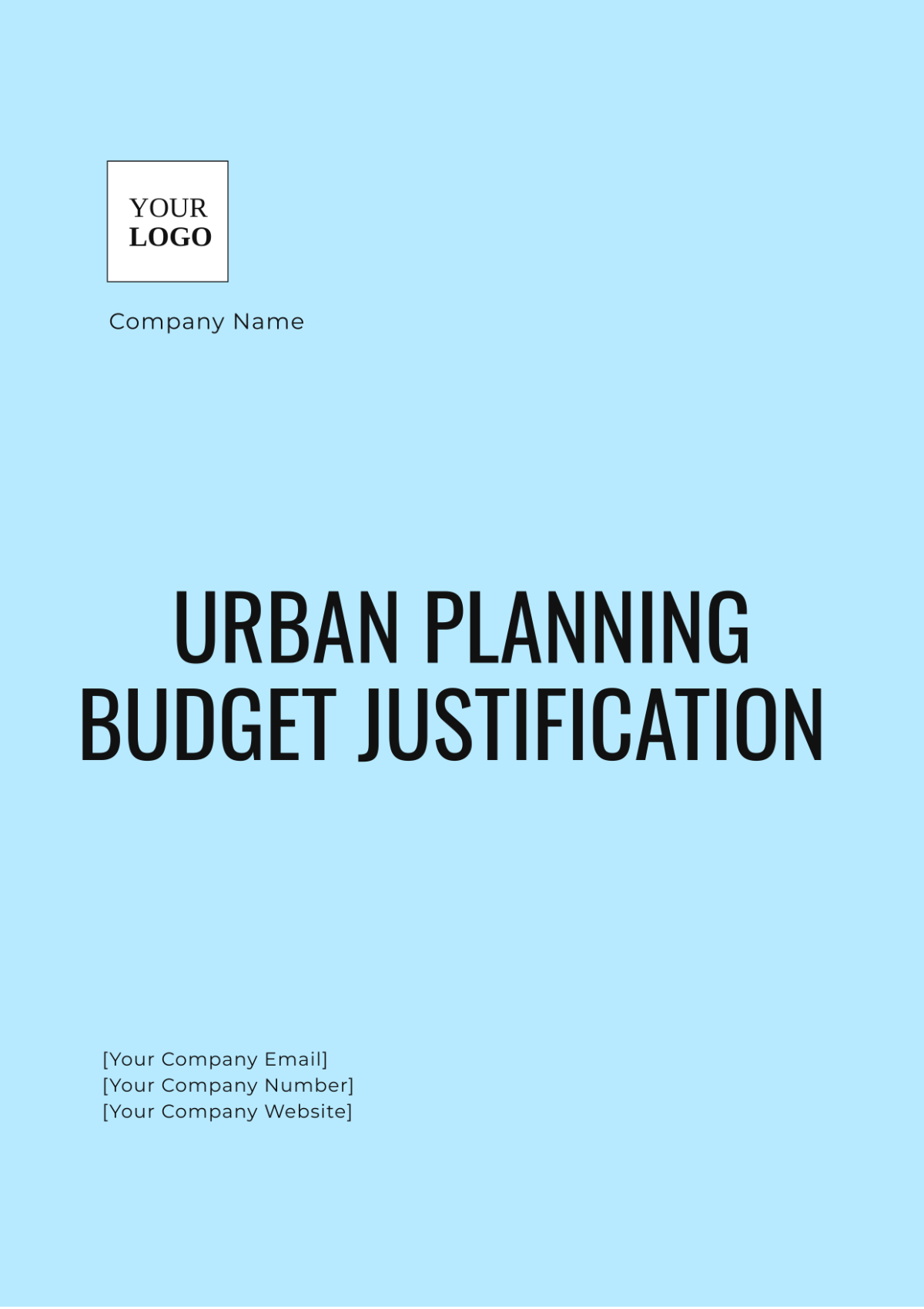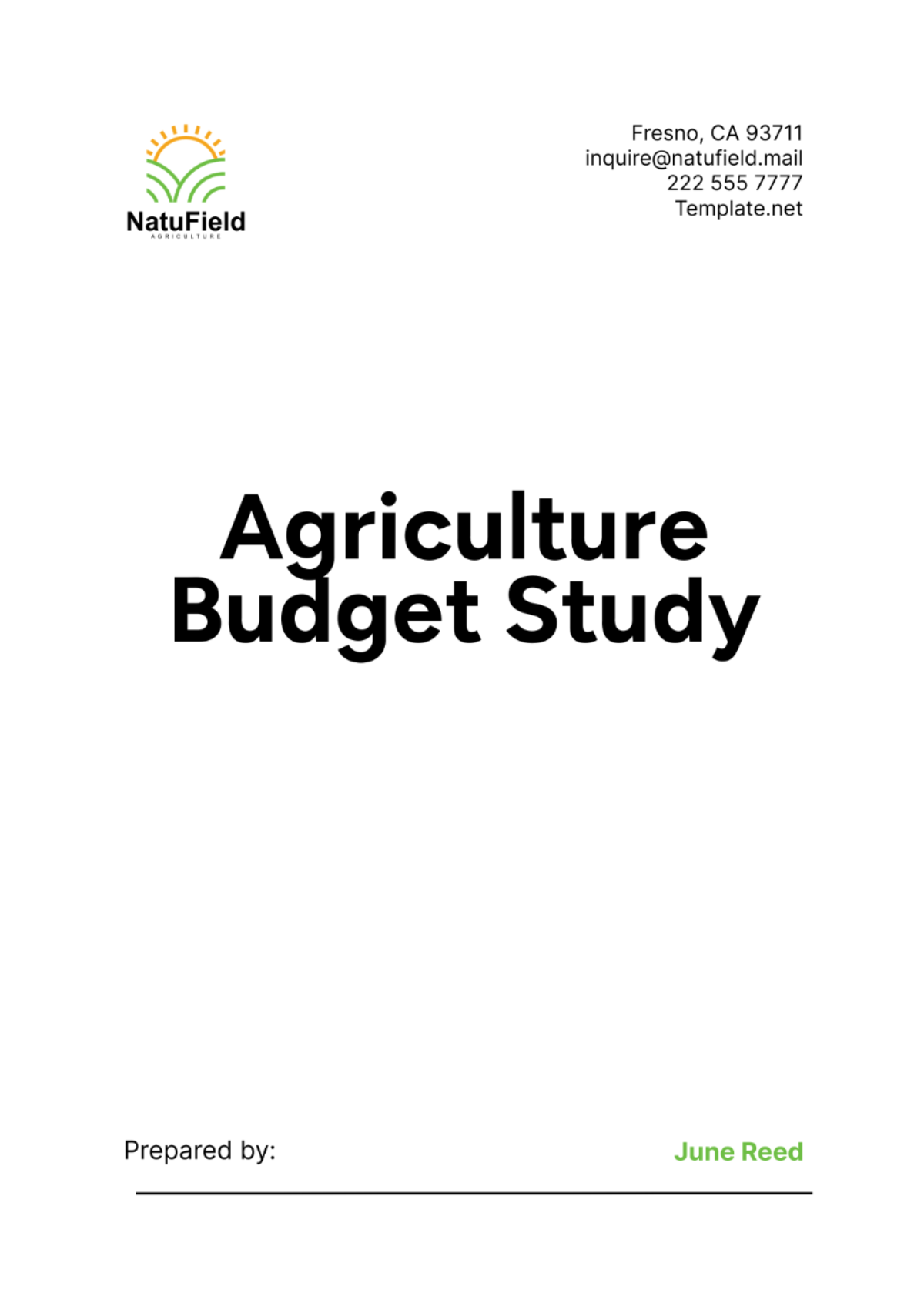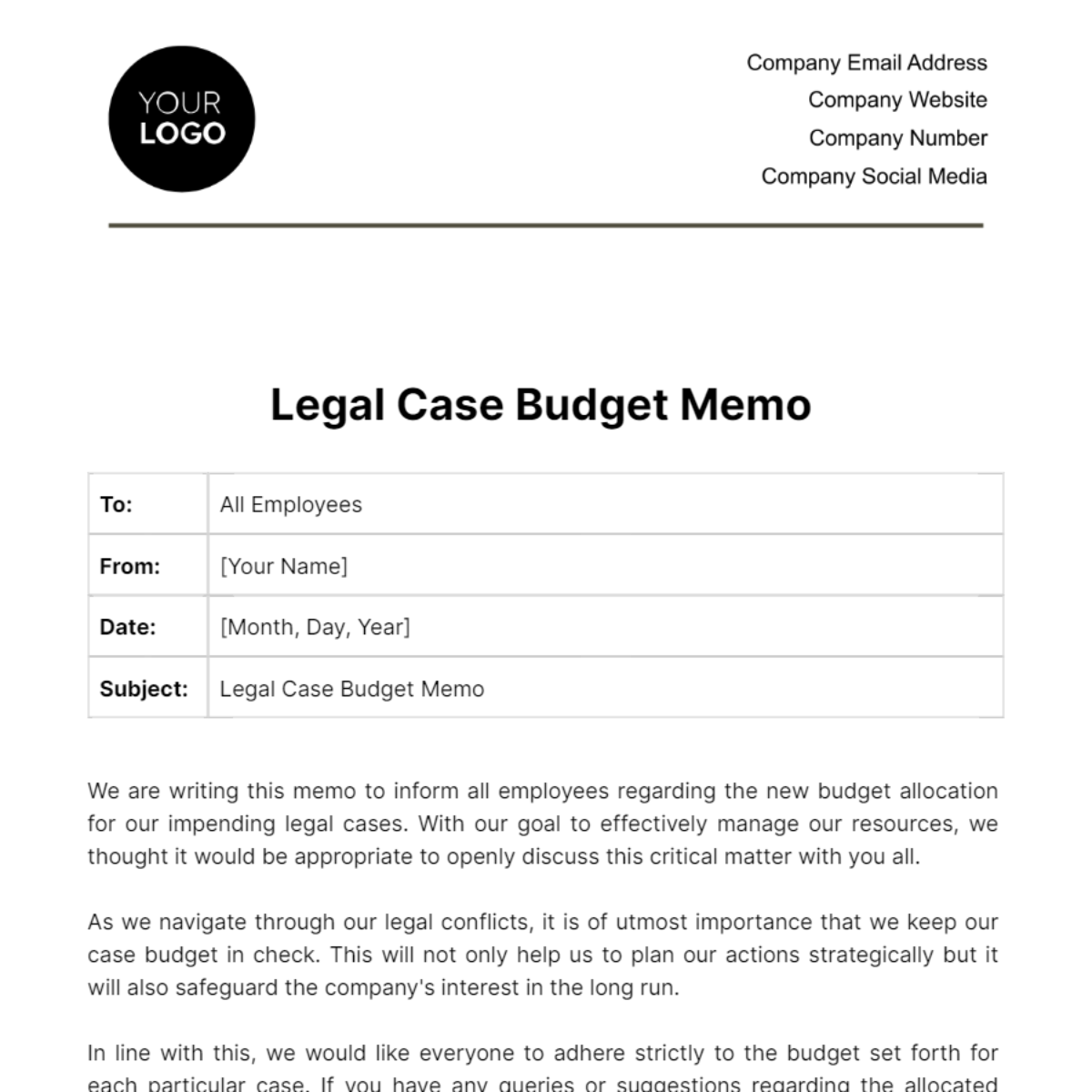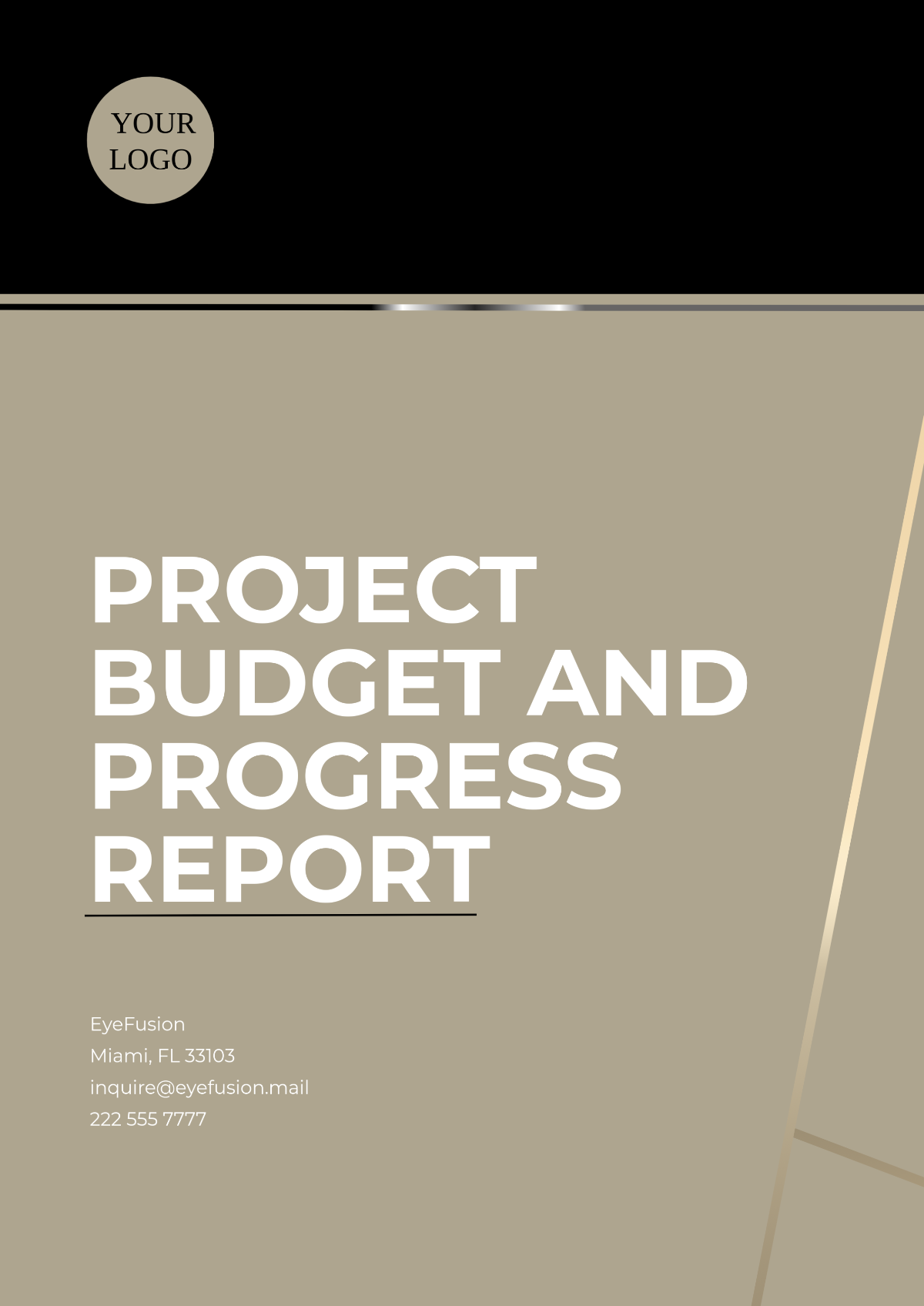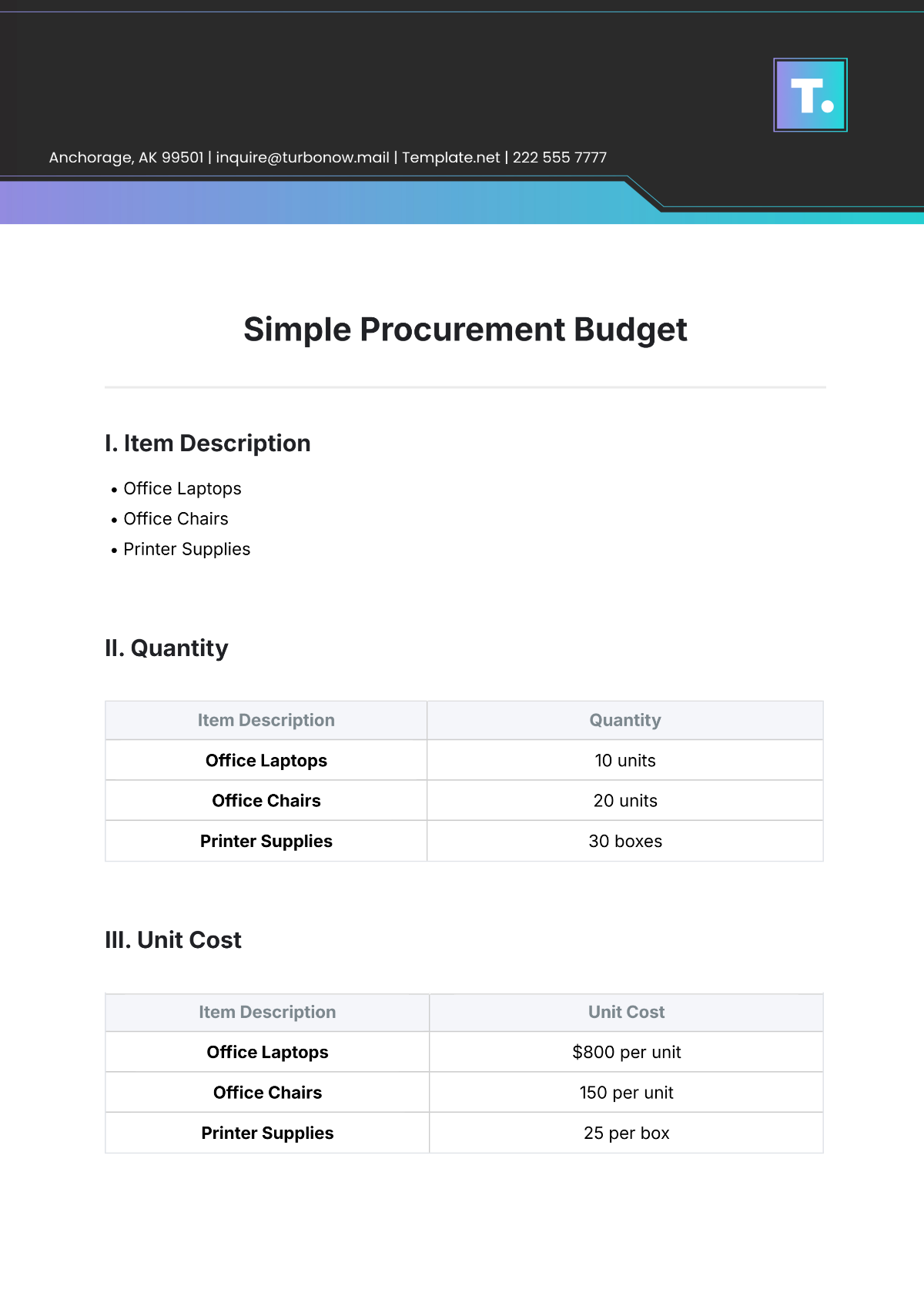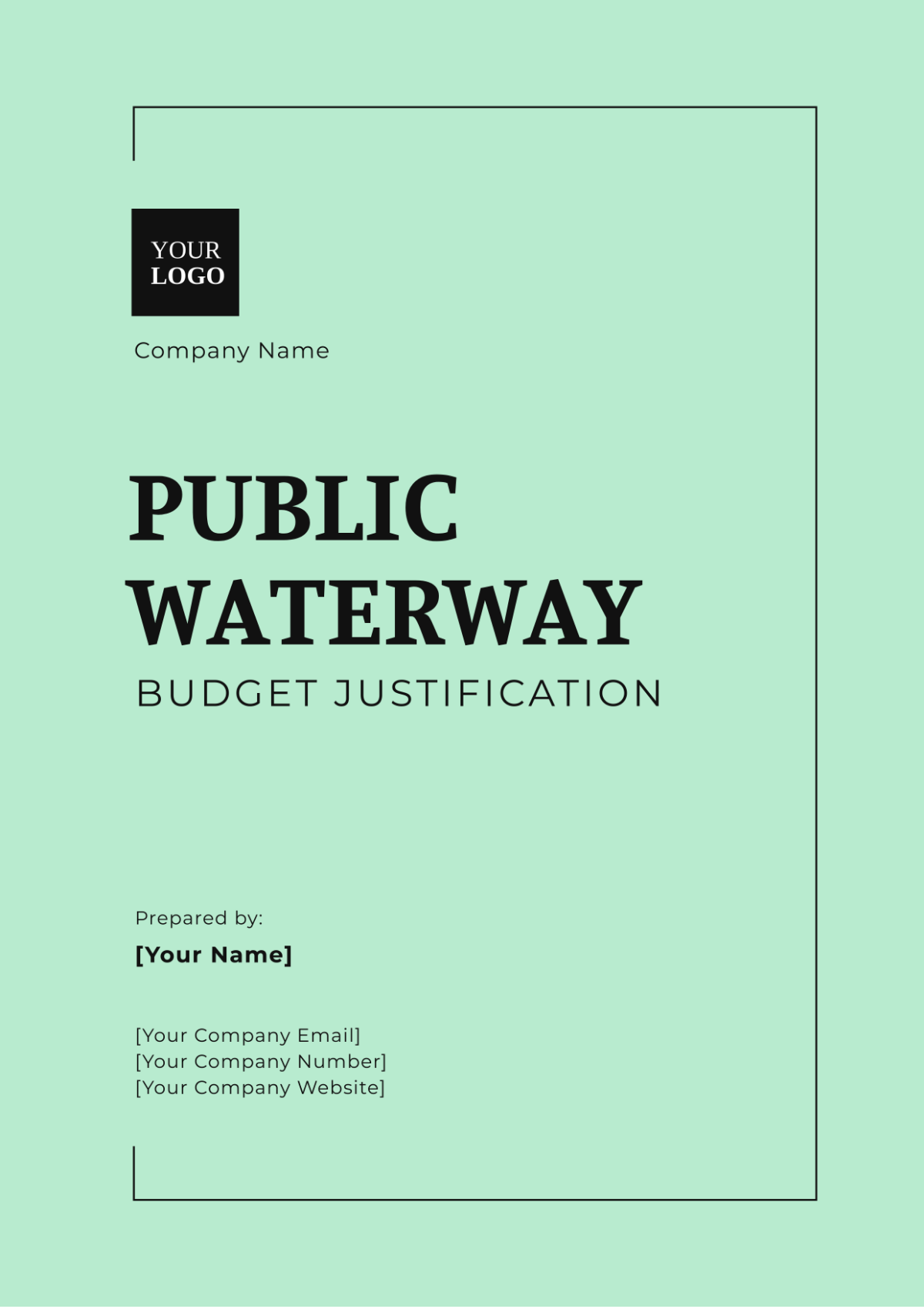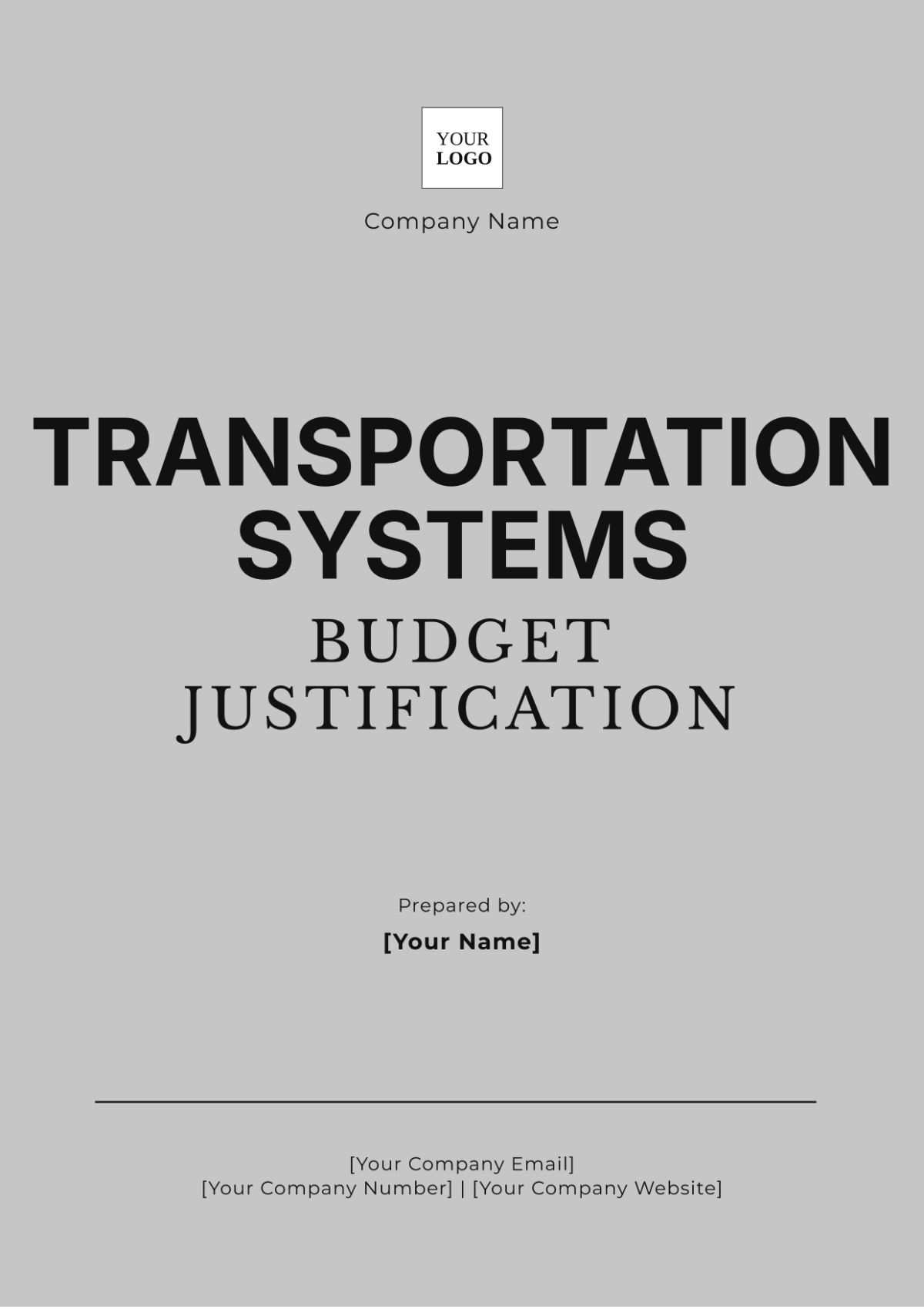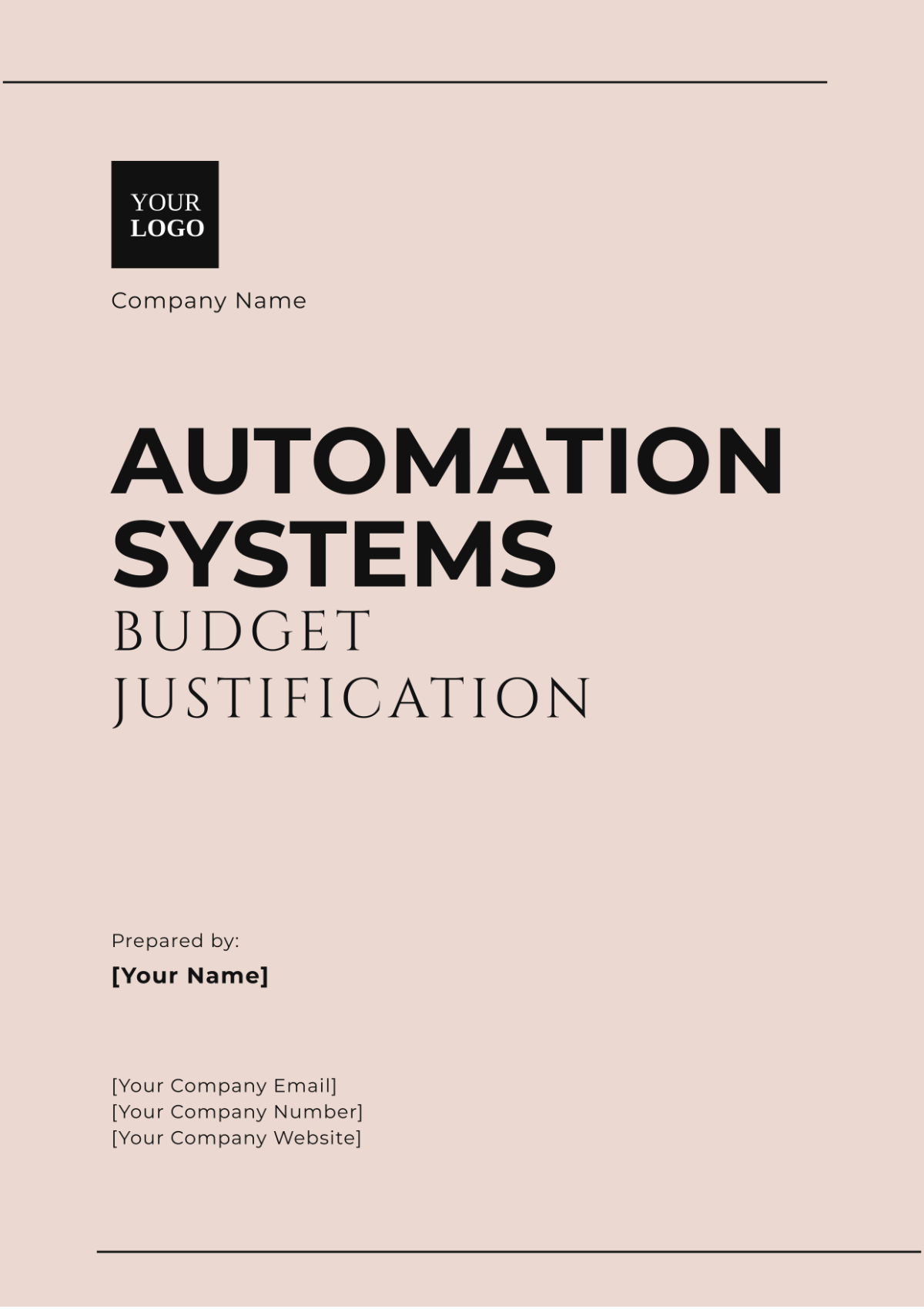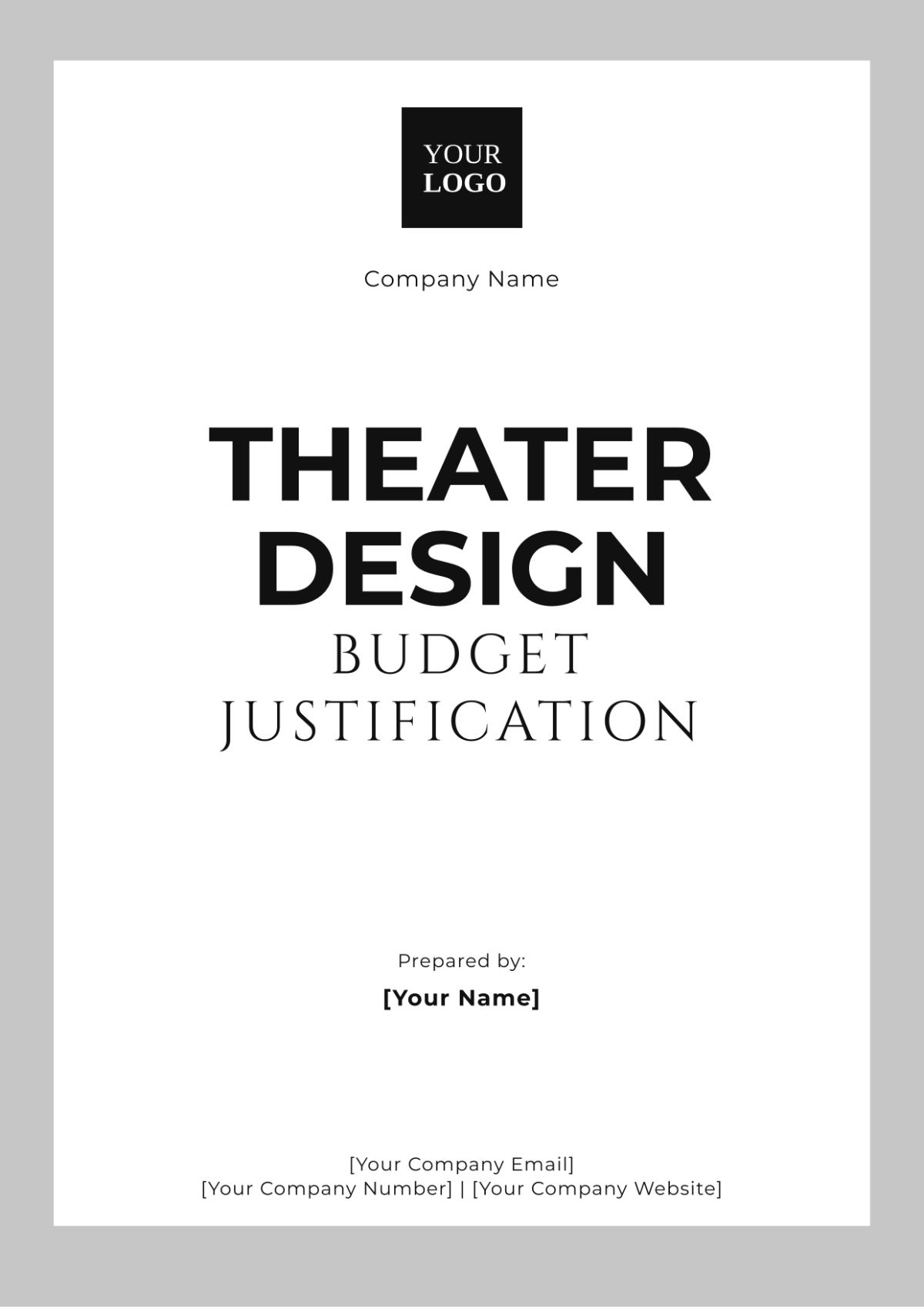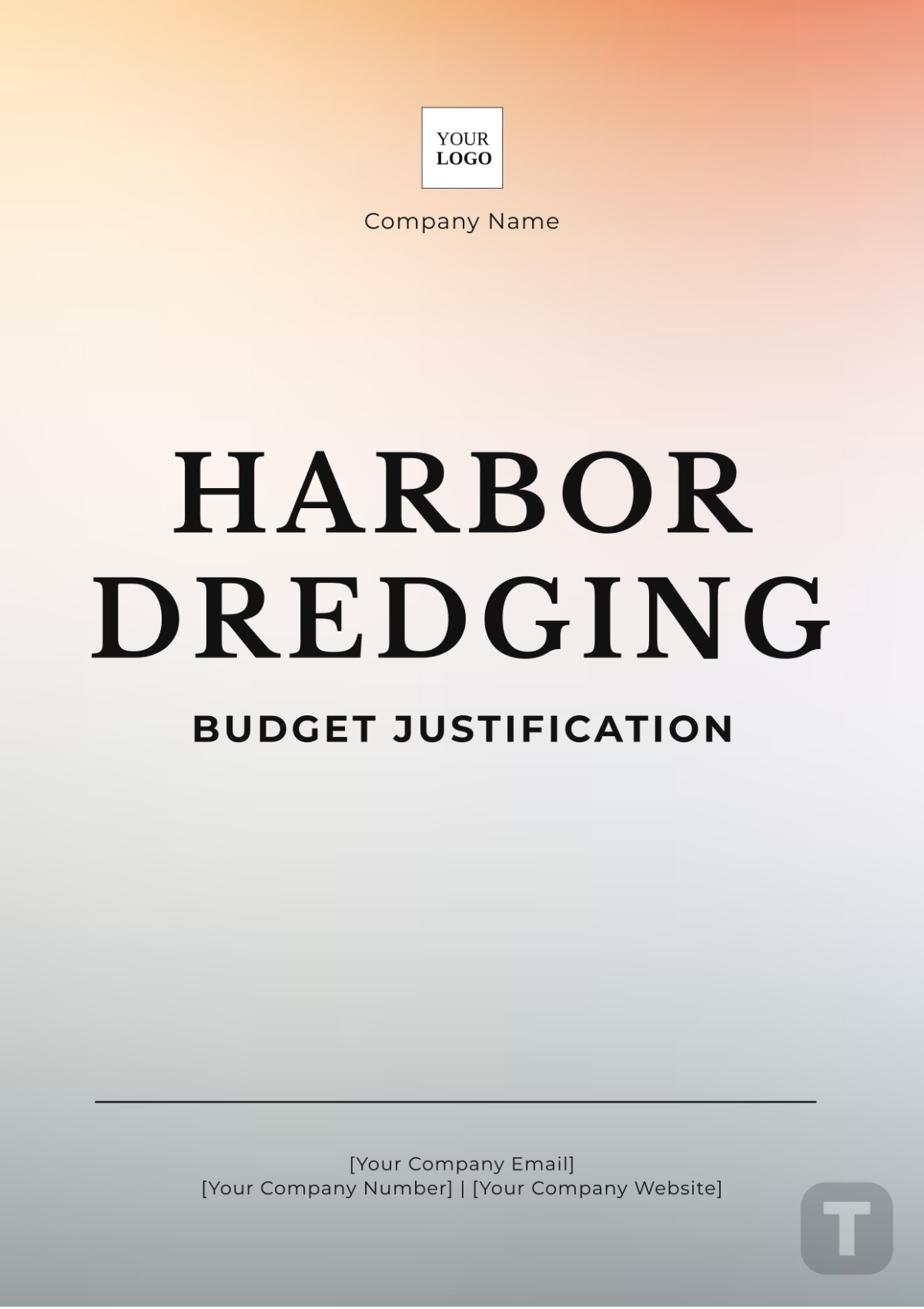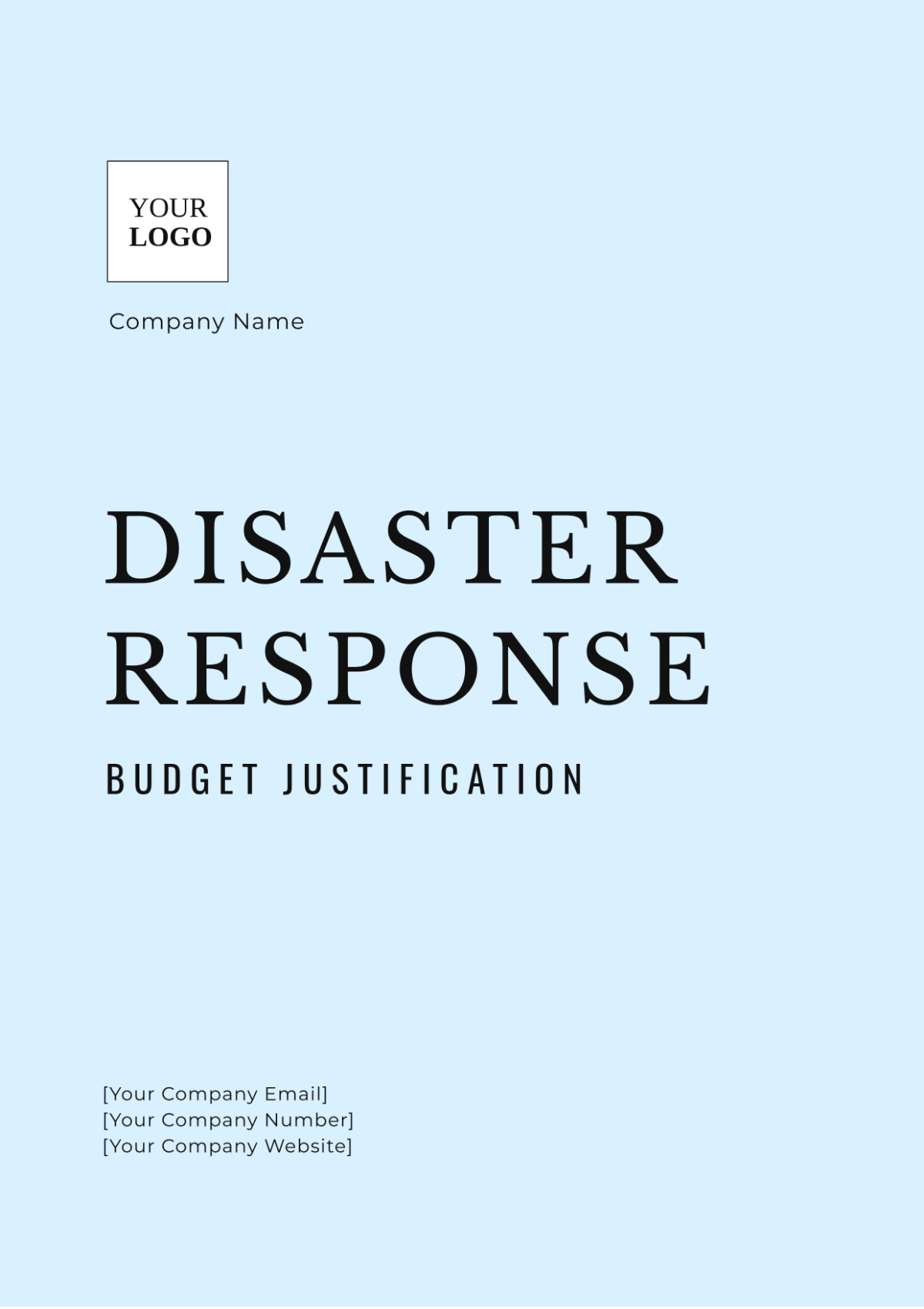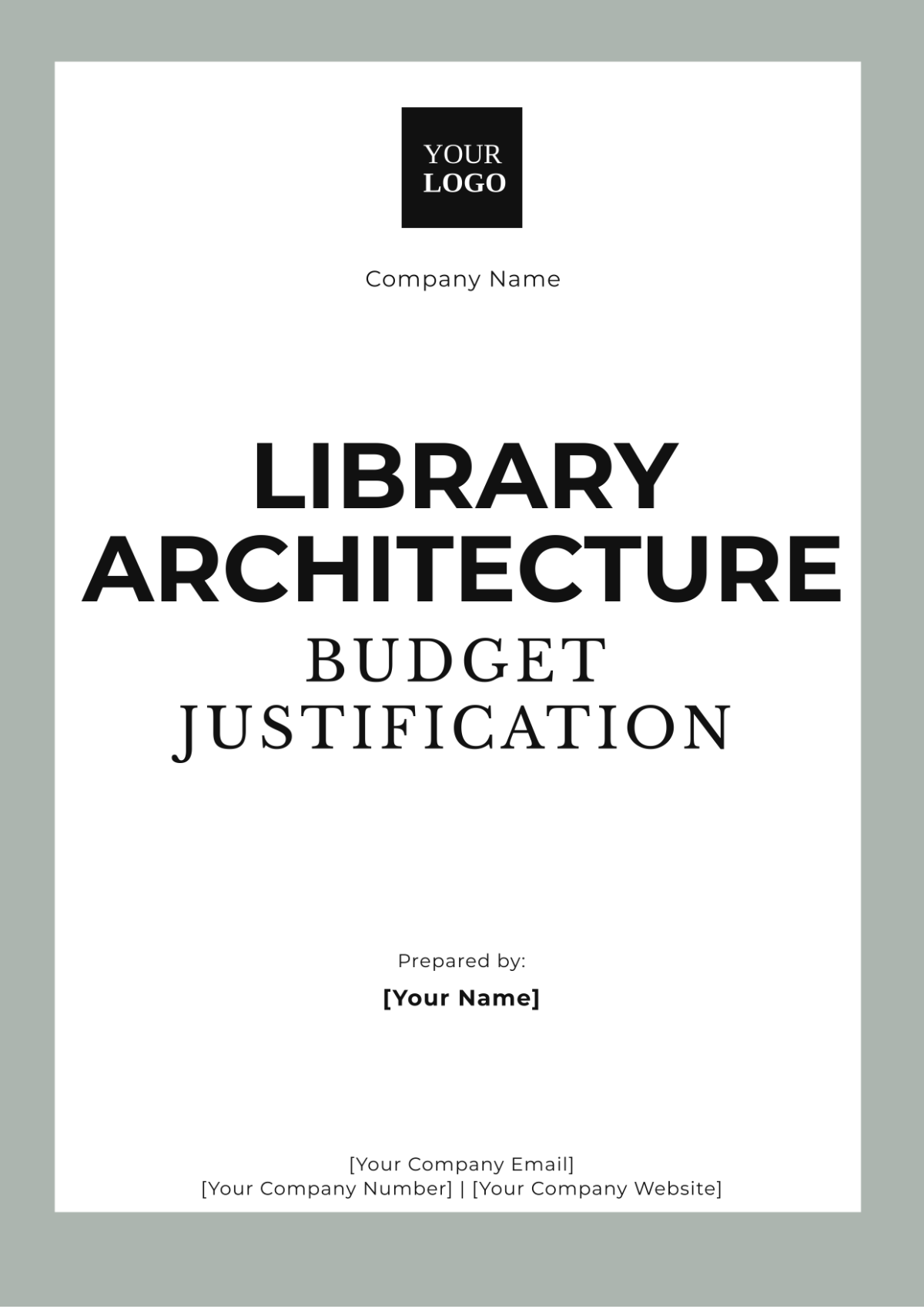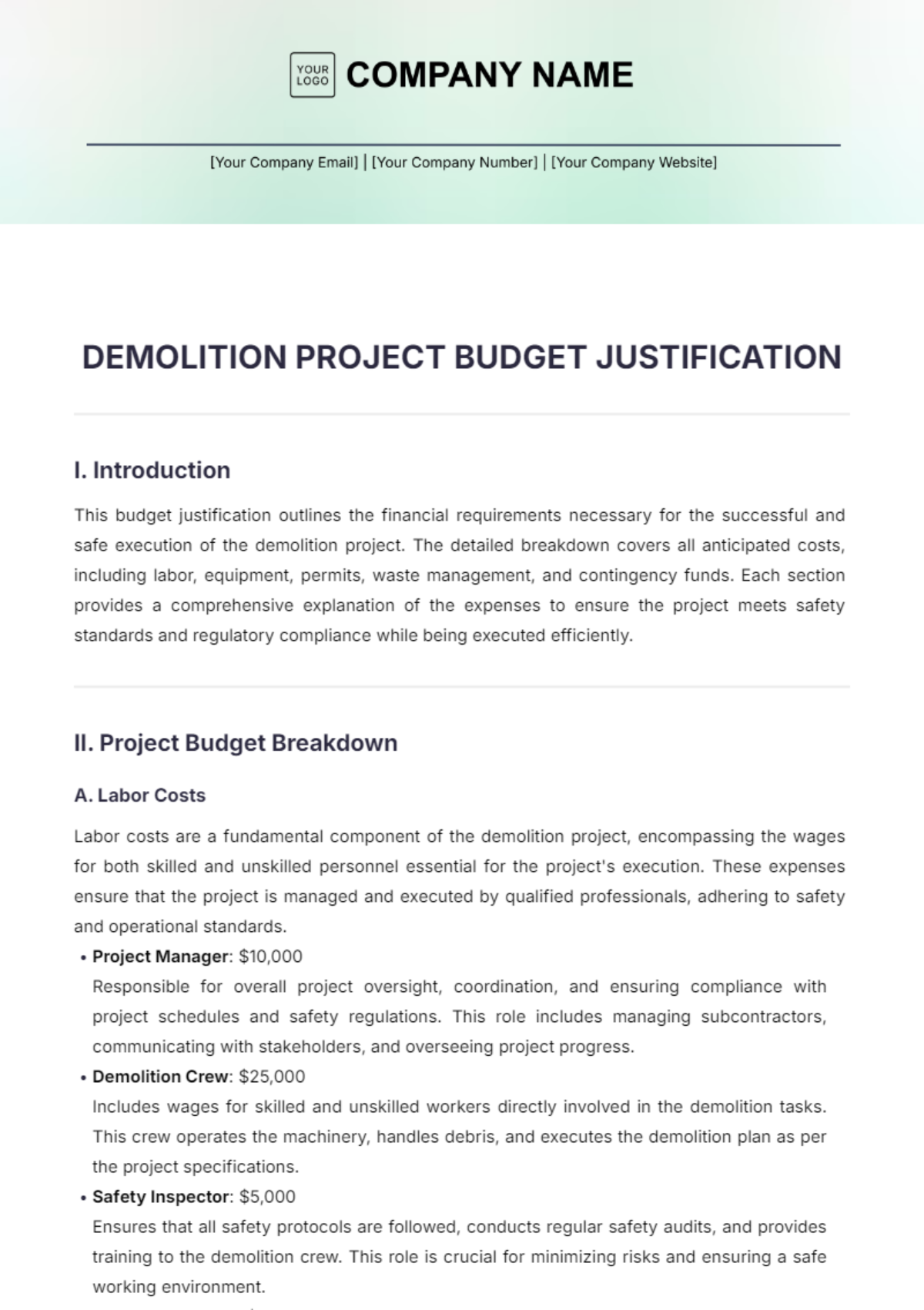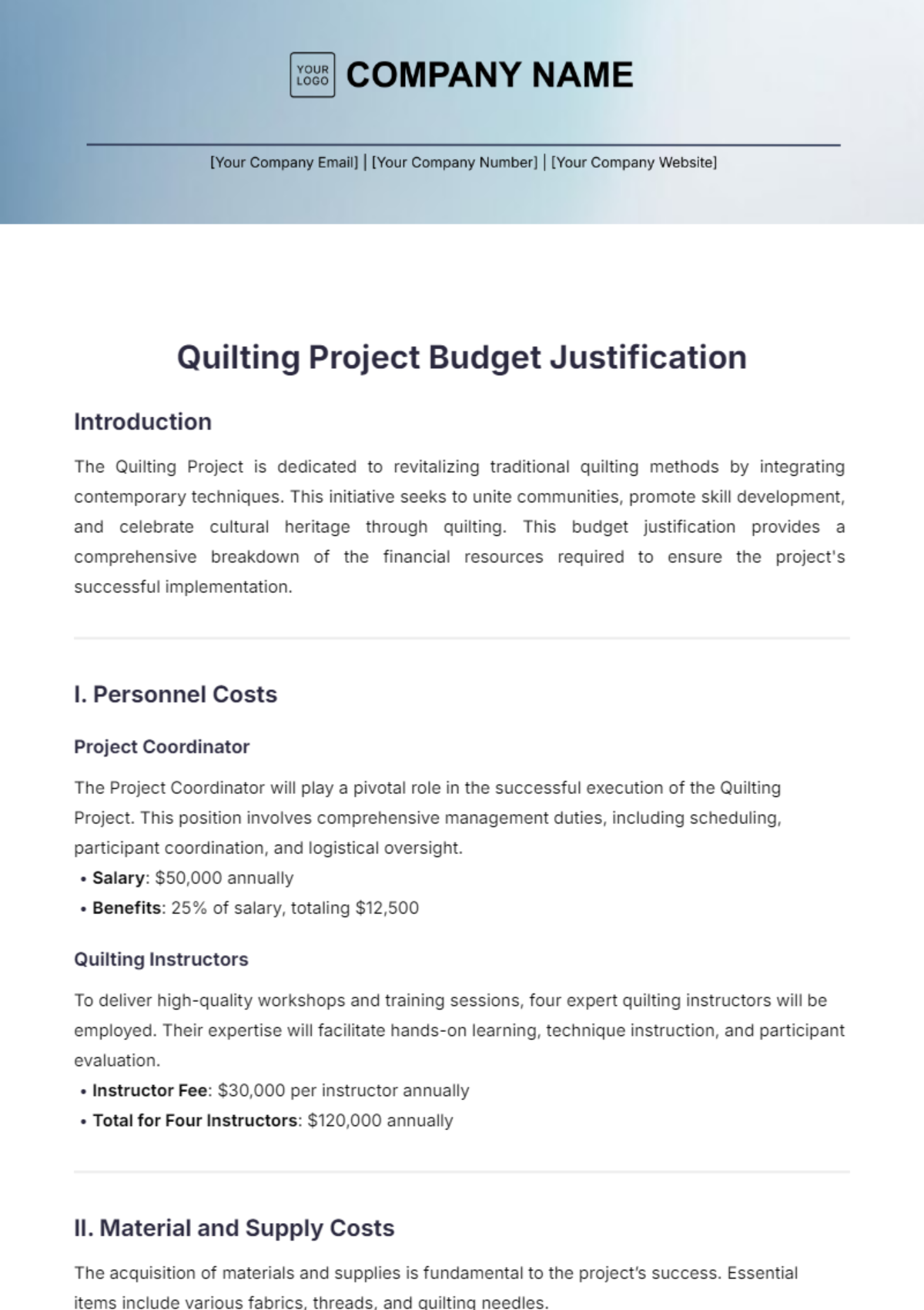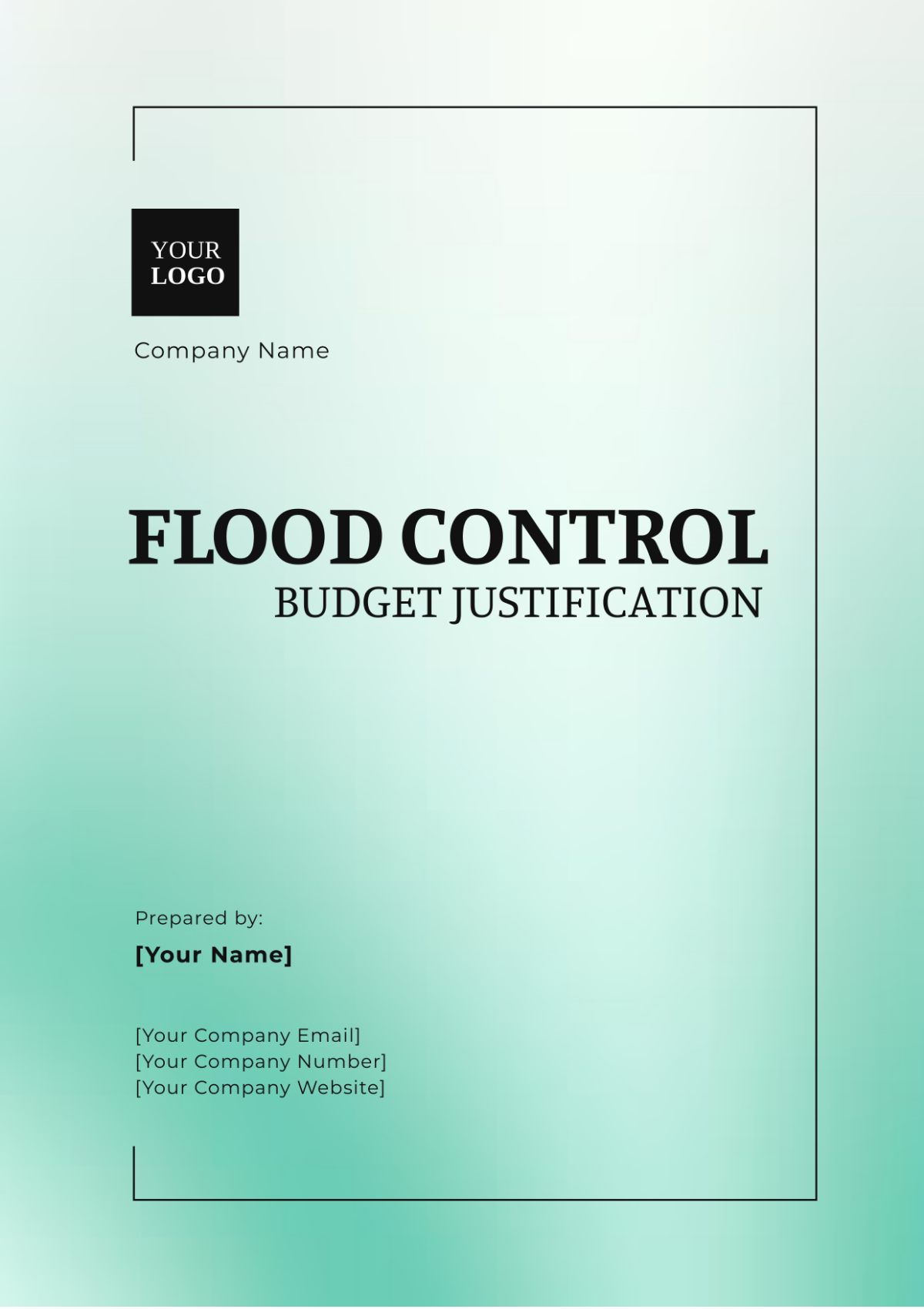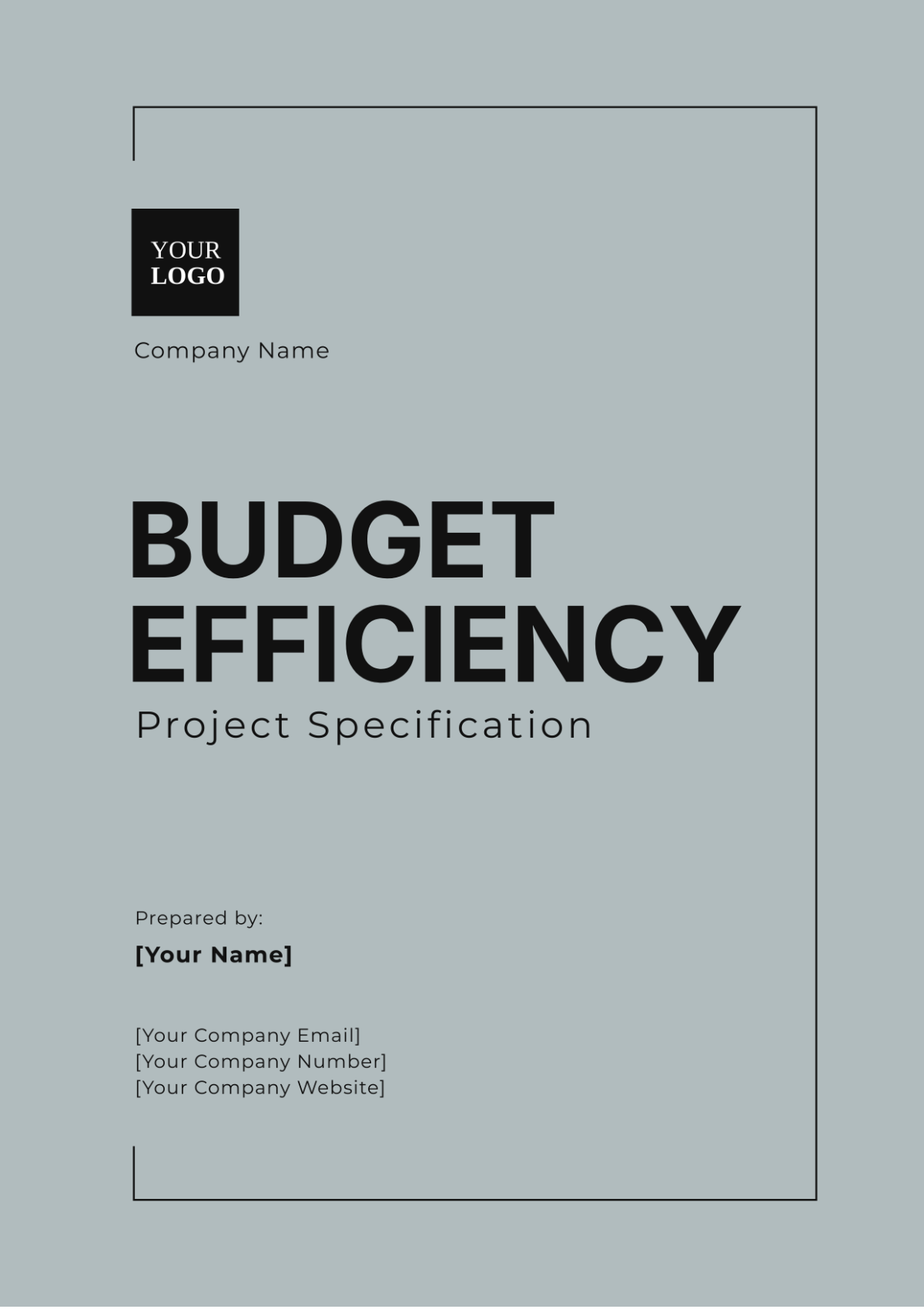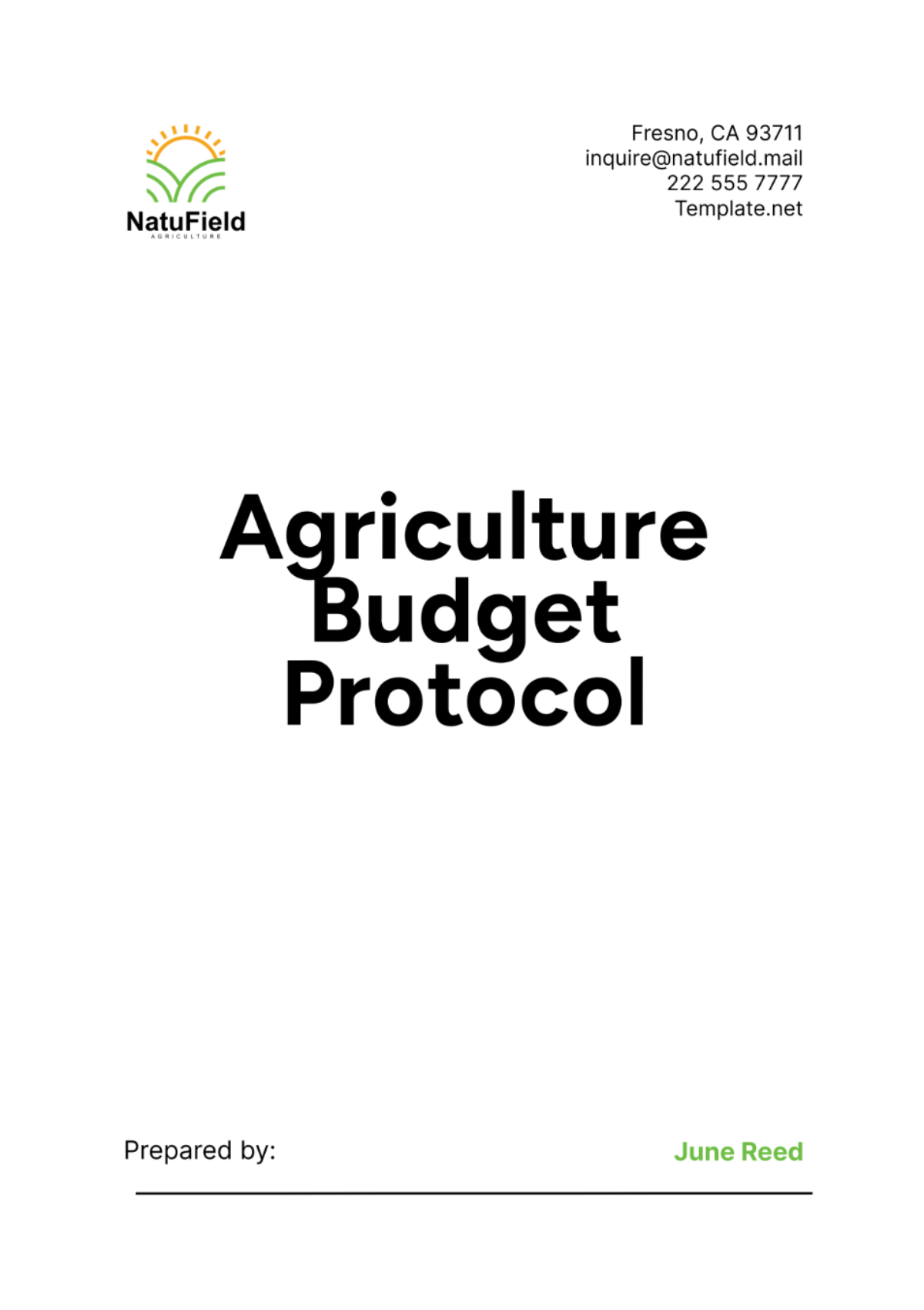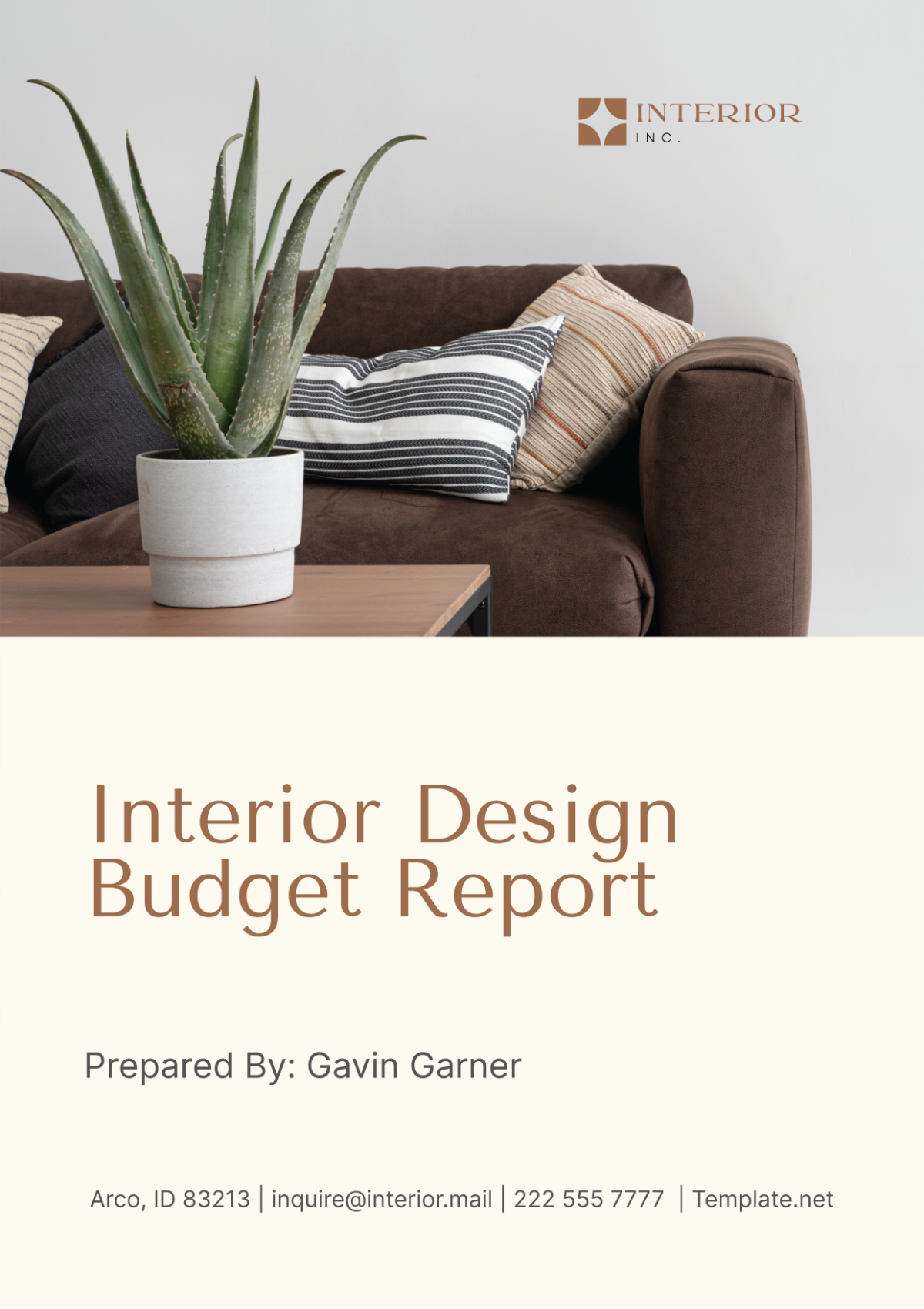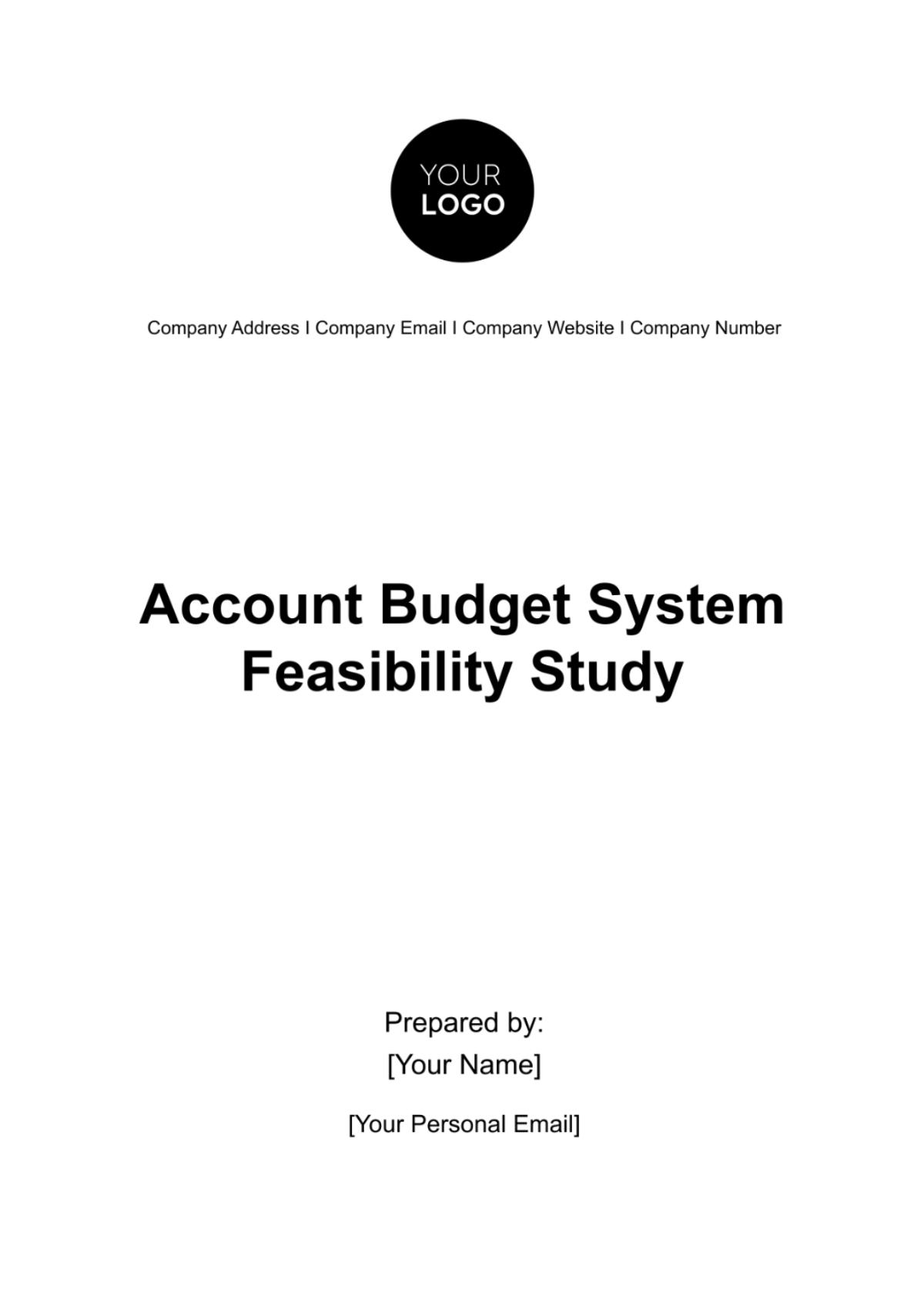Flood Control Budget Justification
Project Overview
The proposed Flood Control Project aims to mitigate the adverse impacts of flooding in the affected areas. This project will involve the construction of levees, flood barriers, and drainage systems to manage and control floodwaters. The initiative is essential to protect residents, infrastructure, and the local economy from recurrent flood damage. The project will safeguard lives and properties and contribute to the region's long-term resilience and sustainability.
Financial Requirements
Summary of Costs
Expense Category | Cost |
|---|---|
Planning and Design | $2,500,000 |
Construction | $15,000,000 |
Land Acquisition | $3,000,000 |
Environmental Mitigation | $1,500,000 |
Contingency Fund | $1,000,000 |
Total | $23,000,000 |
Detailed Justifications
Planning and Design ($2,500,000)
This phase includes the comprehensive planning and design of the flood control infrastructure. Activities involve feasibility studies, engineering design, and environmental impact assessments. Funds are allocated for consultancy services and technical evaluations to ensure the project is viable and sustainable. Key activities and costs:
Feasibility studies to assess project scope and effectiveness.
Engineering design to create detailed plans and specifications.
Environmental impact assessments to comply with regulations and minimize adverse effects.
Consultancy services for expert advice and project oversight.
Construction ($15,000,000)
The construction phase is the most significant financial outlay, covering the physical creation of levees, barriers, and drainage systems. This category includes:
Materials: High-quality concrete, steel, and other necessary construction materials.
Labor costs: Wages for skilled workers, engineers, and supervisors.
Heavy machinery and equipment hire: Costs for renting and operating machinery such as excavators, bulldozers, and cranes.
Quality control and safety measures: Ensuring the construction meets safety standards and regulations, including site inspections and safety gear.
Land Acquisition ($3,000,000)
Funds allocated for the acquisition of land necessary for the flood control structures. This involves:
Compensating landowners for their properties.
Legal fees associated with land transactions.
Relocation costs for residents or businesses affected by the project.
Ensuring timely acquisition to maintain project schedules is critical to avoiding delays and additional costs.
Environmental Mitigation ($1,500,000)
This segment addresses measures to offset the environmental impact of construction. Activities include:
Reforestation and habitat restoration: Planting trees and restoring habitats affected by the construction.
Water quality monitoring: Regular testing of water bodies to ensure construction does not adversely affect water quality.
Protected species management: Implementing measures to protect endangered species and their habitats during and after construction.
Contingency Fund ($1,000,000)
A contingency fund is established to cover unforeseen expenses that may arise during the project. It ensures that the project remains on track despite potential cost overruns. This fund acts as a financial buffer for unexpected challenges such as:
Price fluctuations in materials or labor.
Unanticipated environmental or geological issues.
Delays are caused by weather or other external factors.
Benefits of the Project
Protection of Life and Property
By mitigating flood risks, the project aims to protect the lives of residents and reduce property damage. This will enhance community safety and minimize the economic loss associated with flood events. Key benefits include:
Reduced risk of fatalities and injuries during floods.
Decreased property damage and lower insurance costs.
Improved public confidence and peace of mind.
Economic Stability
Flood control measures will stabilize local economies by reducing interruption to businesses and services. Preventing flood damage can save millions in repair and recovery costs, fostering a resilient community. Benefits include:
Continuous operation of businesses, reducing economic disruptions.
Preservation of jobs and local commerce.
Attracting new investments due to improved infrastructure and safety.
Environmental Preservation
Although construction has an environmental impact, the project includes comprehensive mitigation strategies. Long-term benefits include better-managed watersheds and preserved natural habitats. Specific advantages are:
Improved water management and reduced soil erosion.
Enhanced biodiversity through habitat restoration efforts.
Sustainable development that balances human needs with environmental protection.
Conclusion
The Flood Control Project is a vital initiative requiring a detailed budget justification. The financial requirements and their justifications ensure that the project addresses critical needs while being fiscally responsible. Investing in flood control today will yield substantial safety, economic, and environmental benefits for the future. We can build a safer, more resilient, and sustainable community by carefully planning and executing this project.
